Jumble Jumble
Hero Member
- Messages
- 1,932
Yep, that first new diagram is what I meant.

Jumble Jumble said:Yep, that first new diagram is what I meant.
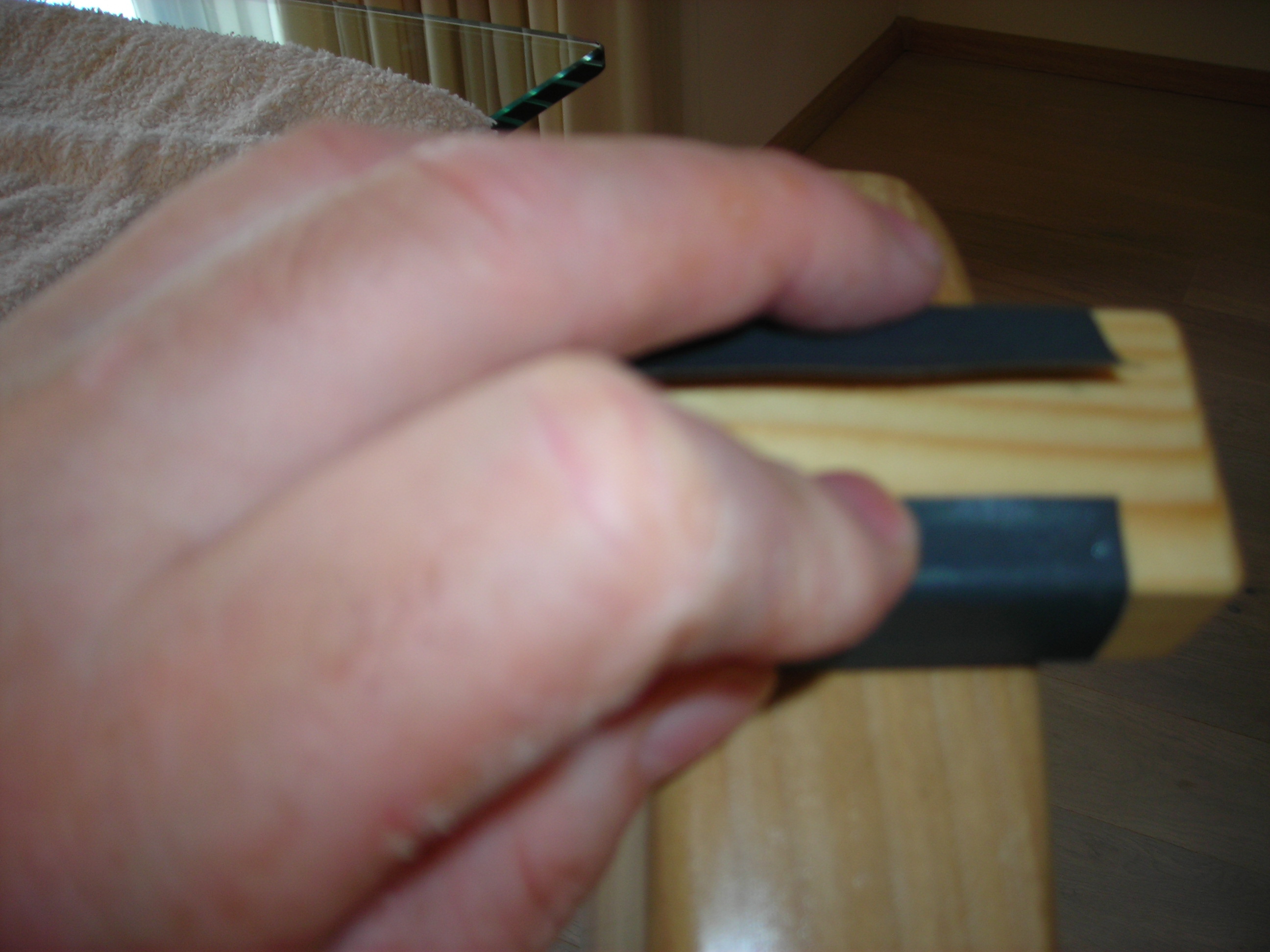 FinishtoTrussRod_1 by stratamania, on Flickr
FinishtoTrussRod_1 by stratamania, on Flickr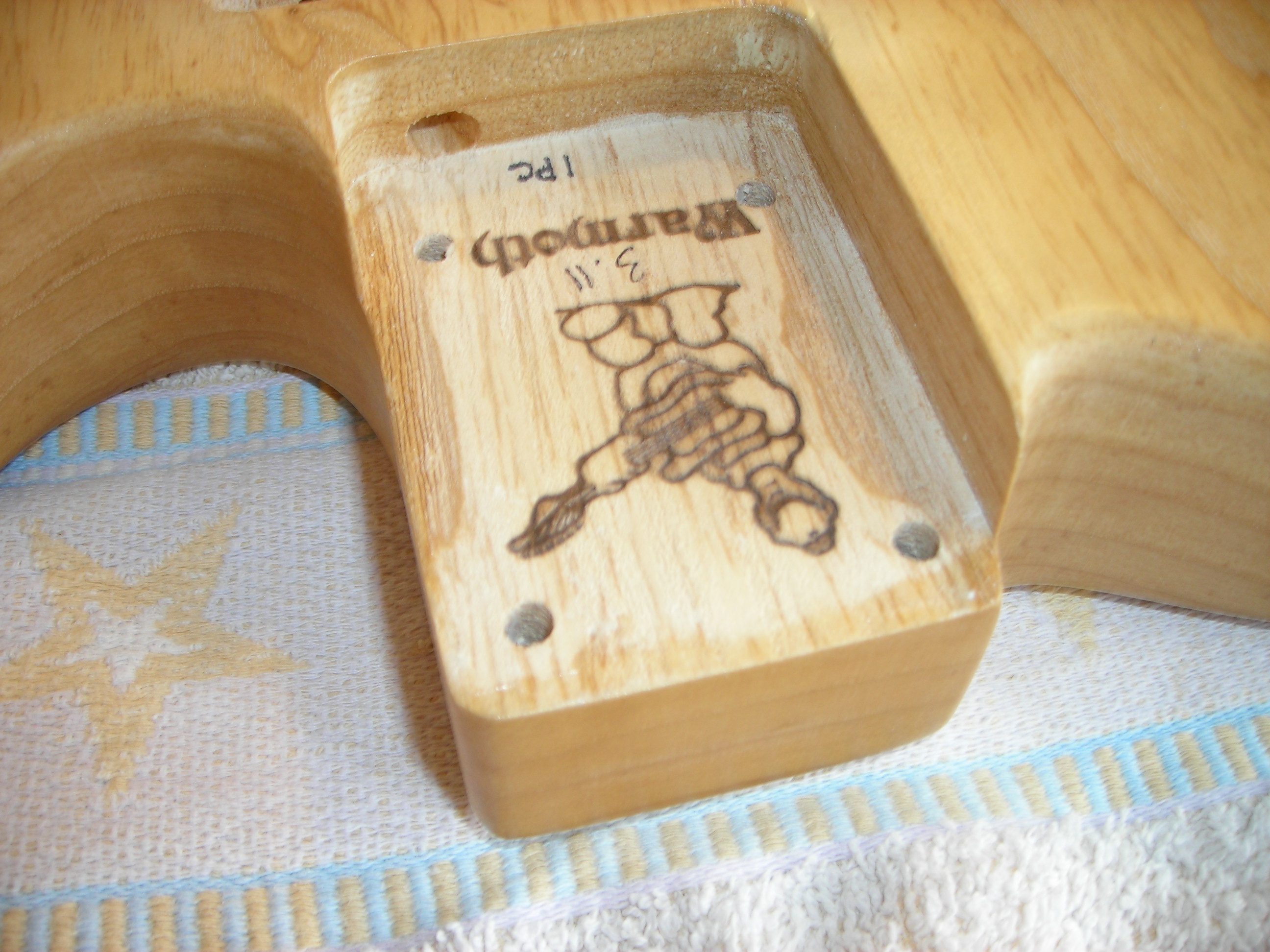 FinishtoTrussRod_2 by stratamania, on Flickr
FinishtoTrussRod_2 by stratamania, on Flickr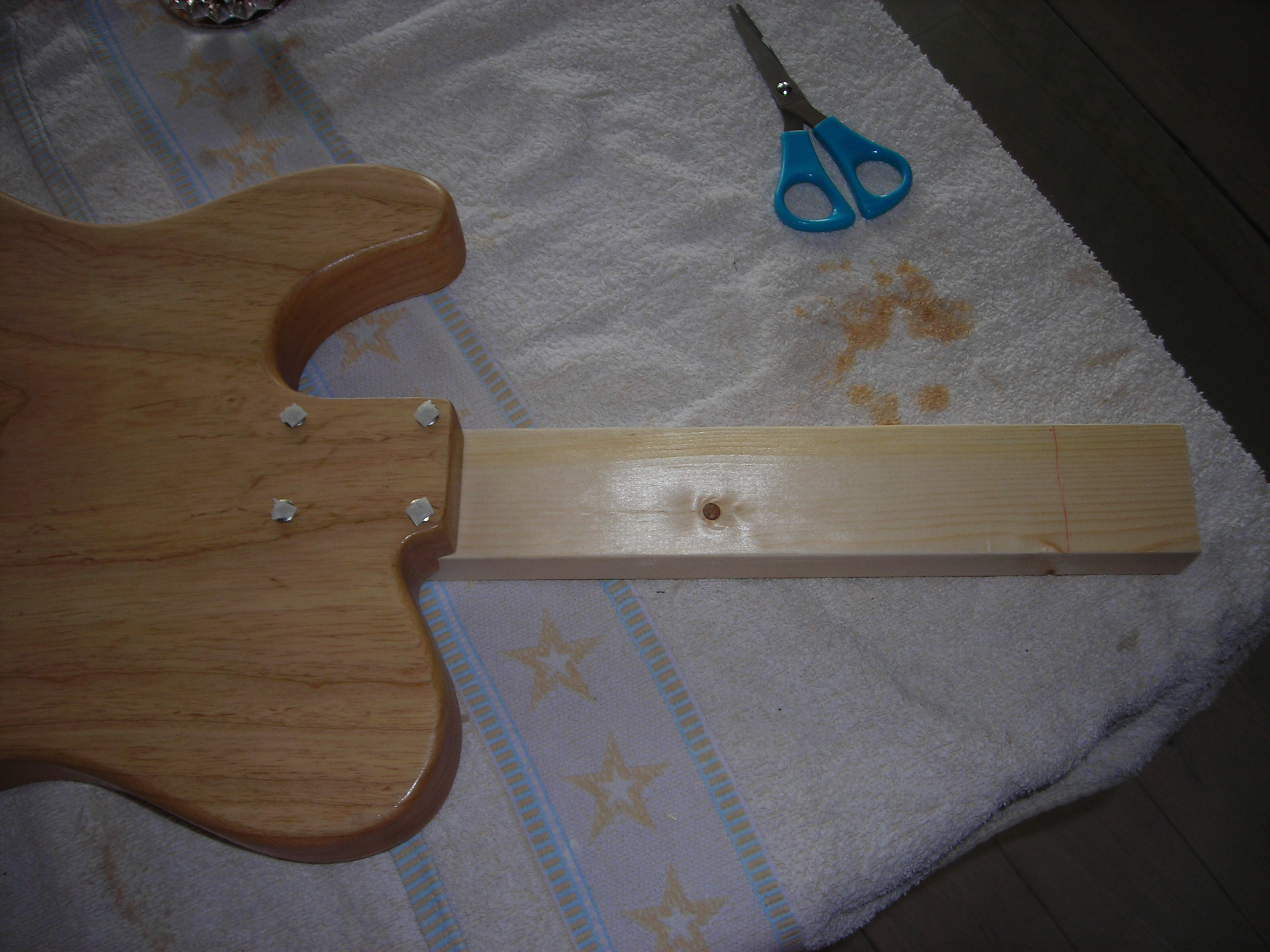 FinishtoTrussRod_3 by stratamania, on Flickr
FinishtoTrussRod_3 by stratamania, on Flickr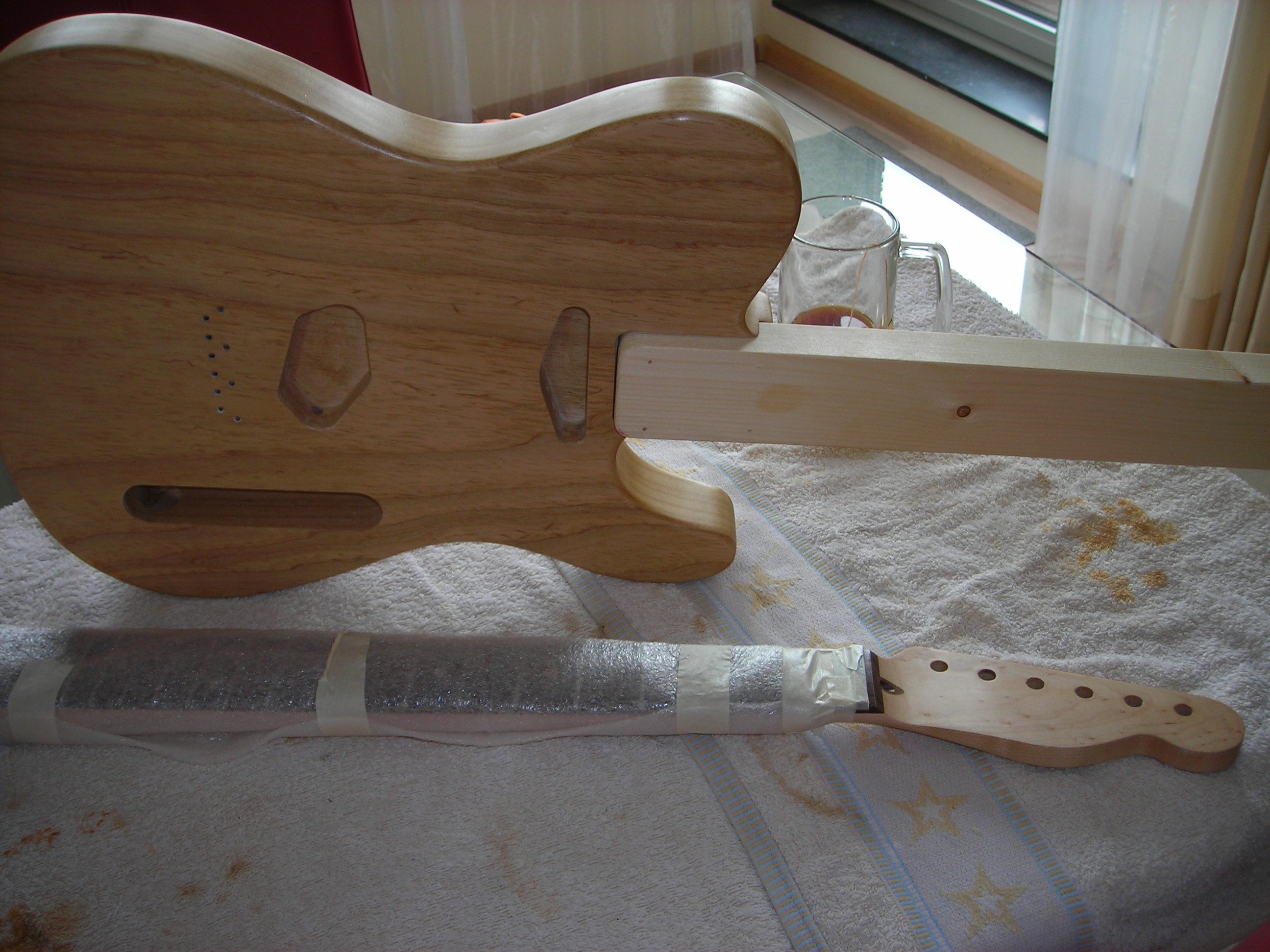 FinishtoTrussRod_4 by stratamania, on Flickr
FinishtoTrussRod_4 by stratamania, on Flickr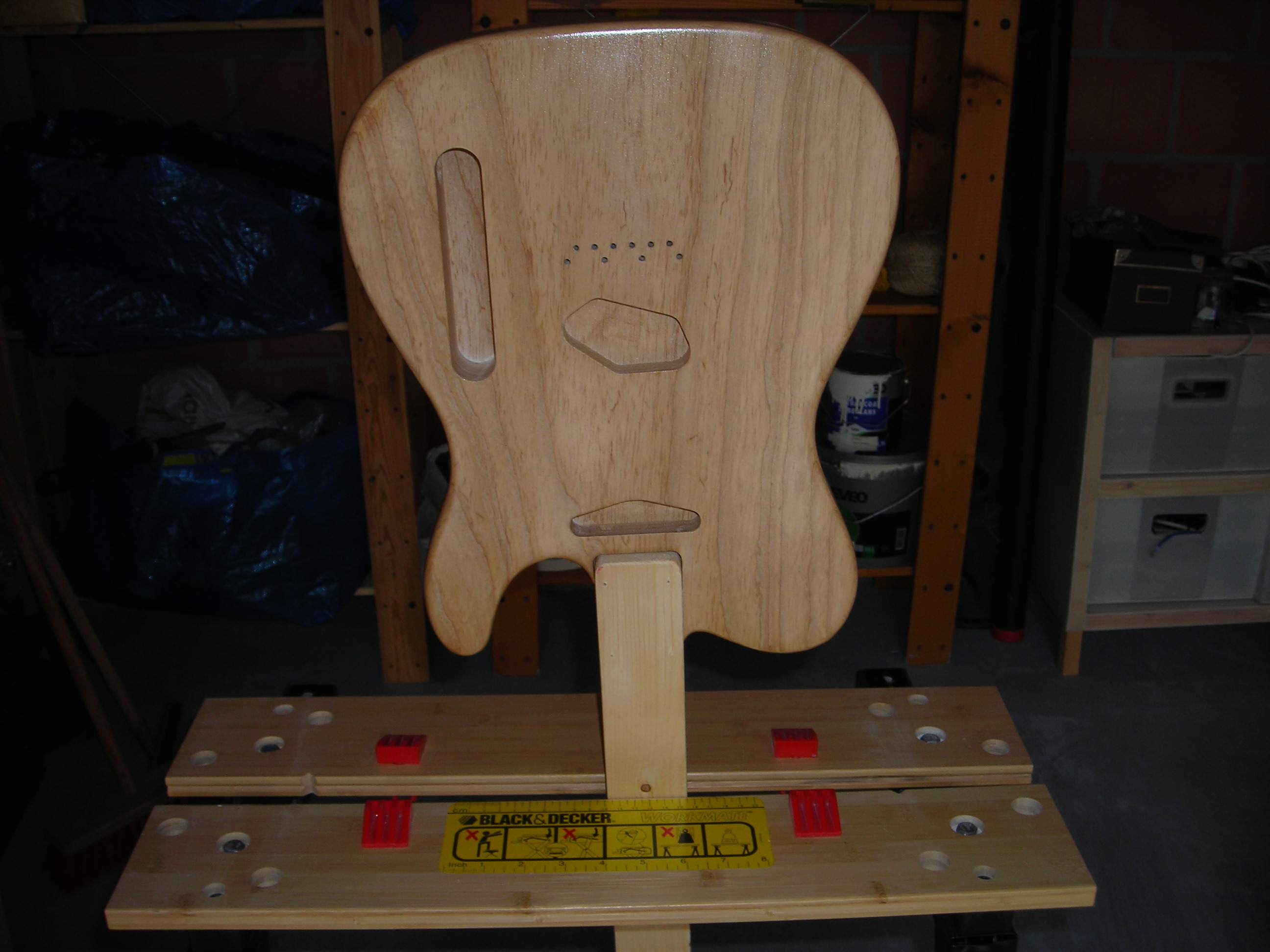 FinishtoTrussRod_5 by stratamania, on Flickr
FinishtoTrussRod_5 by stratamania, on Flickr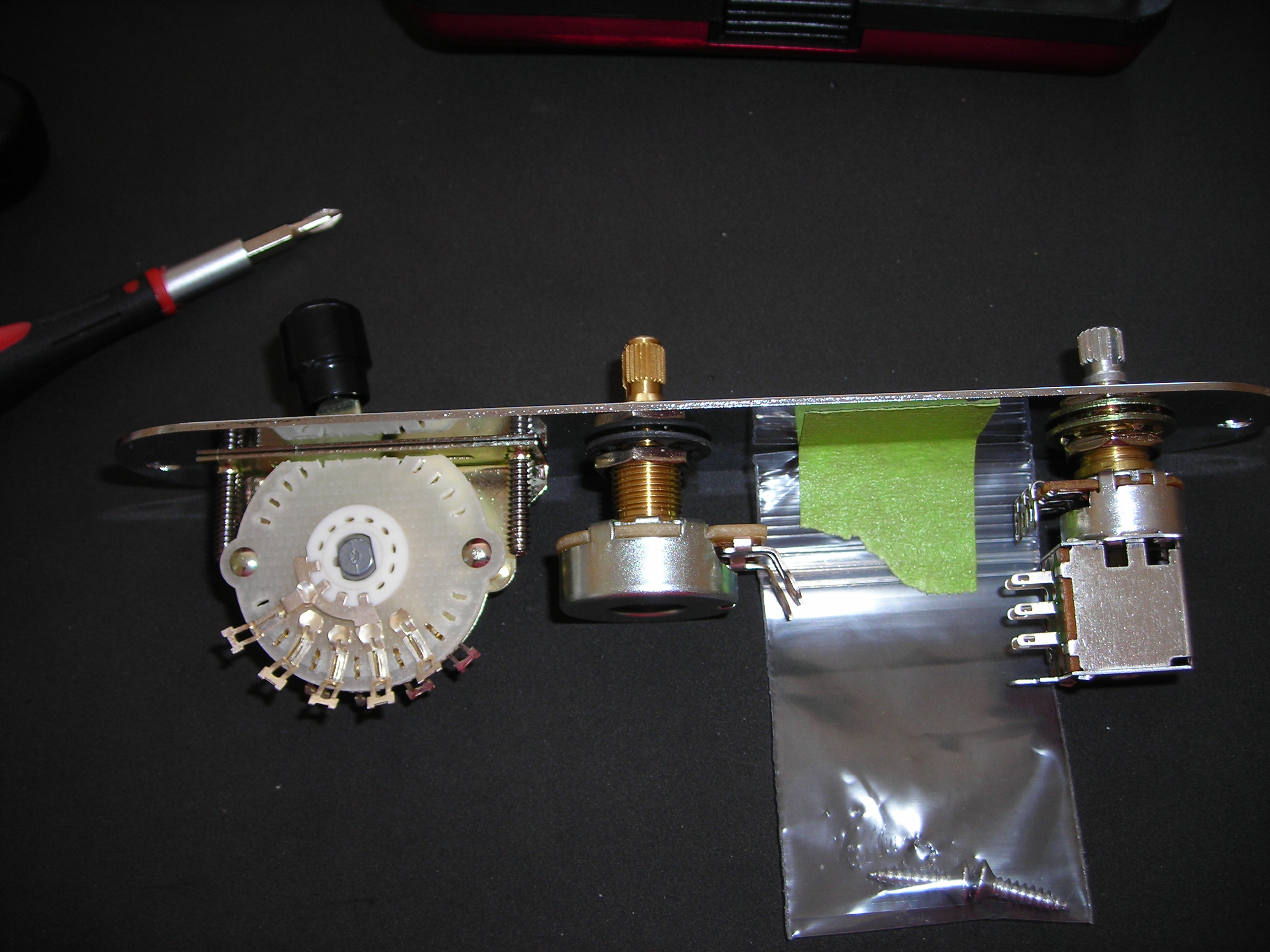 FinishtoTrussRod_6 by stratamania, on Flickr
FinishtoTrussRod_6 by stratamania, on Flickr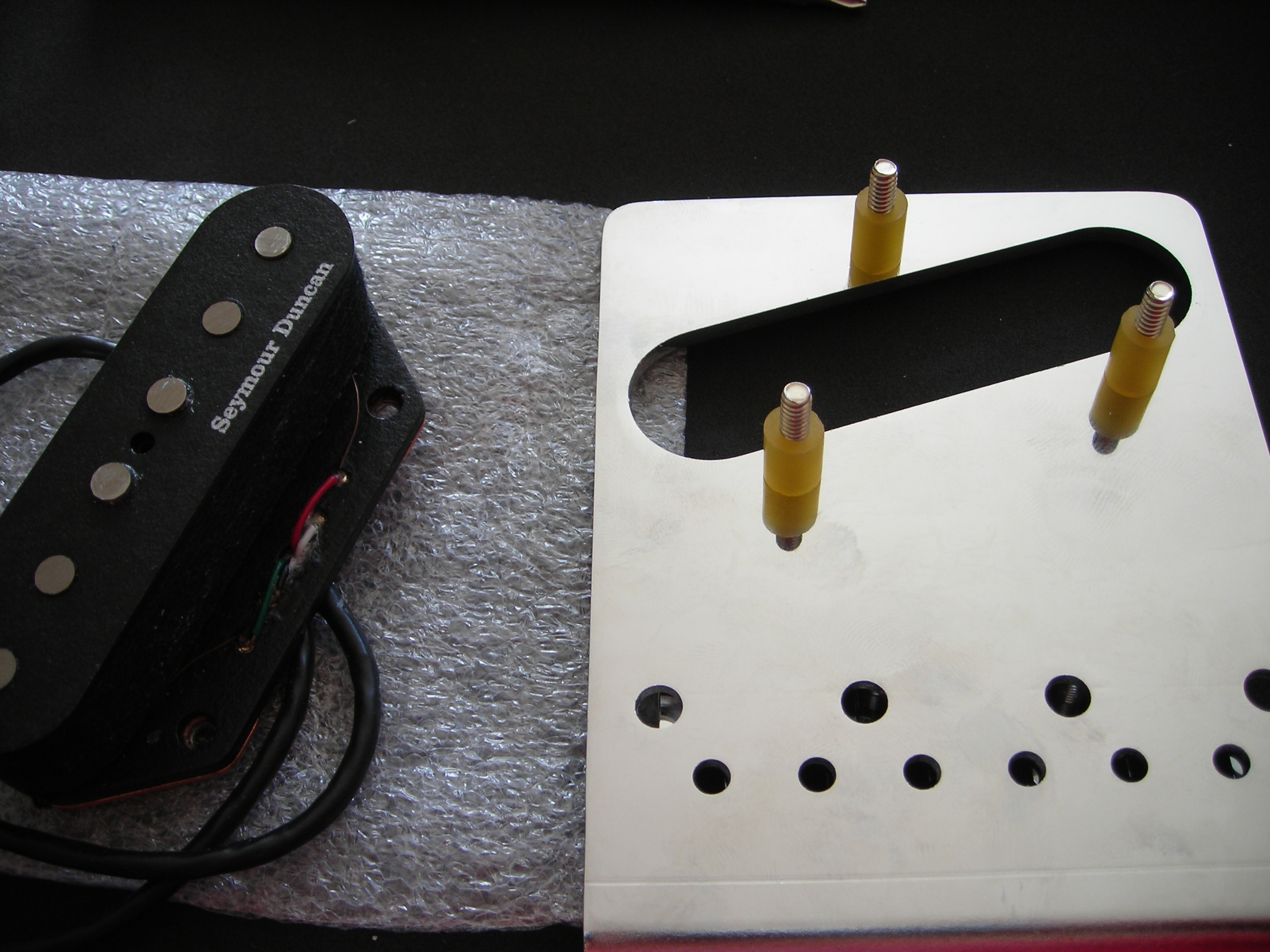 FinishtoTrussRod_7 by stratamania, on Flickr
FinishtoTrussRod_7 by stratamania, on Flickr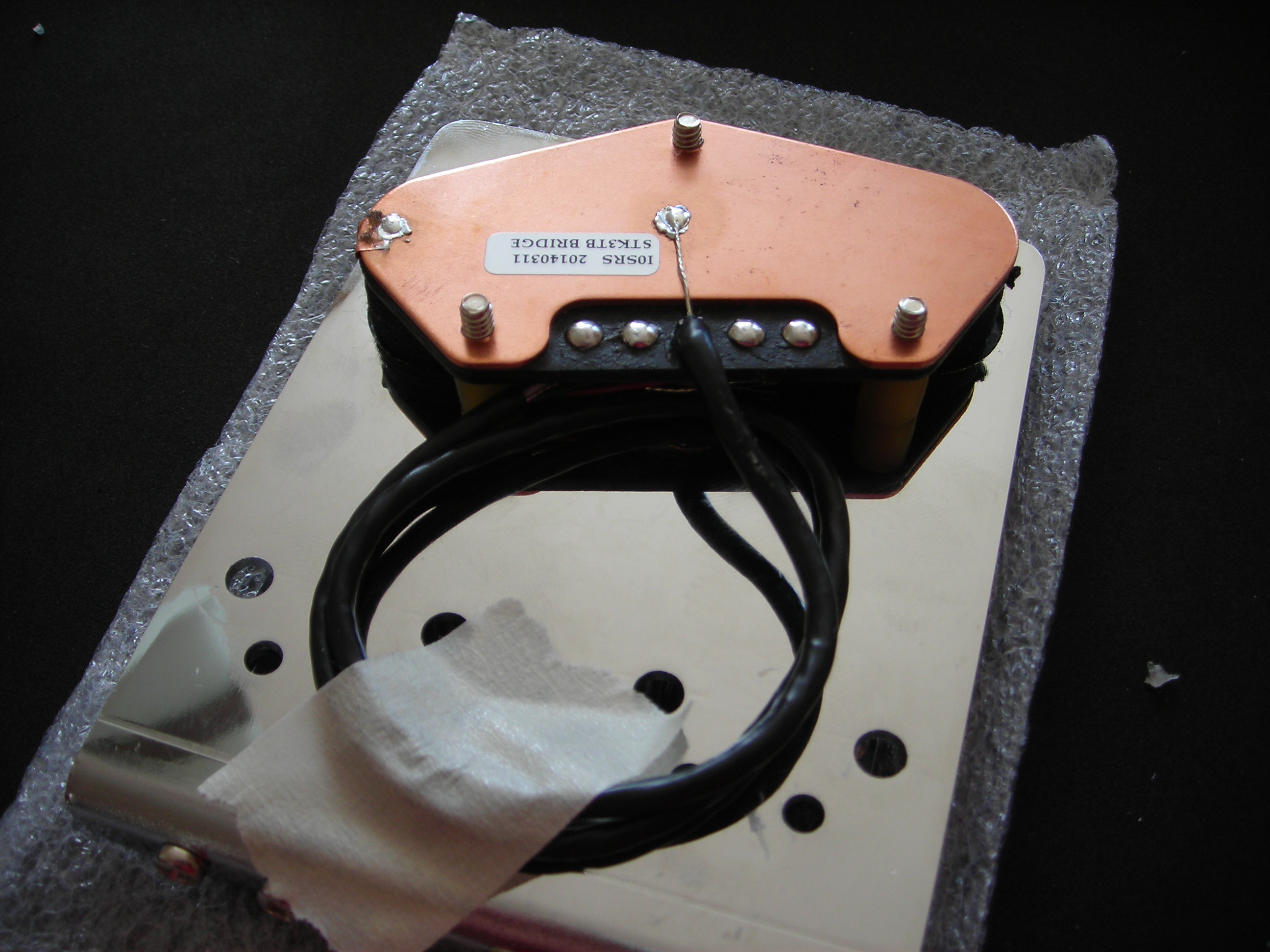 FinishtoTrussRod_8 by stratamania, on Flickr
FinishtoTrussRod_8 by stratamania, on Flickr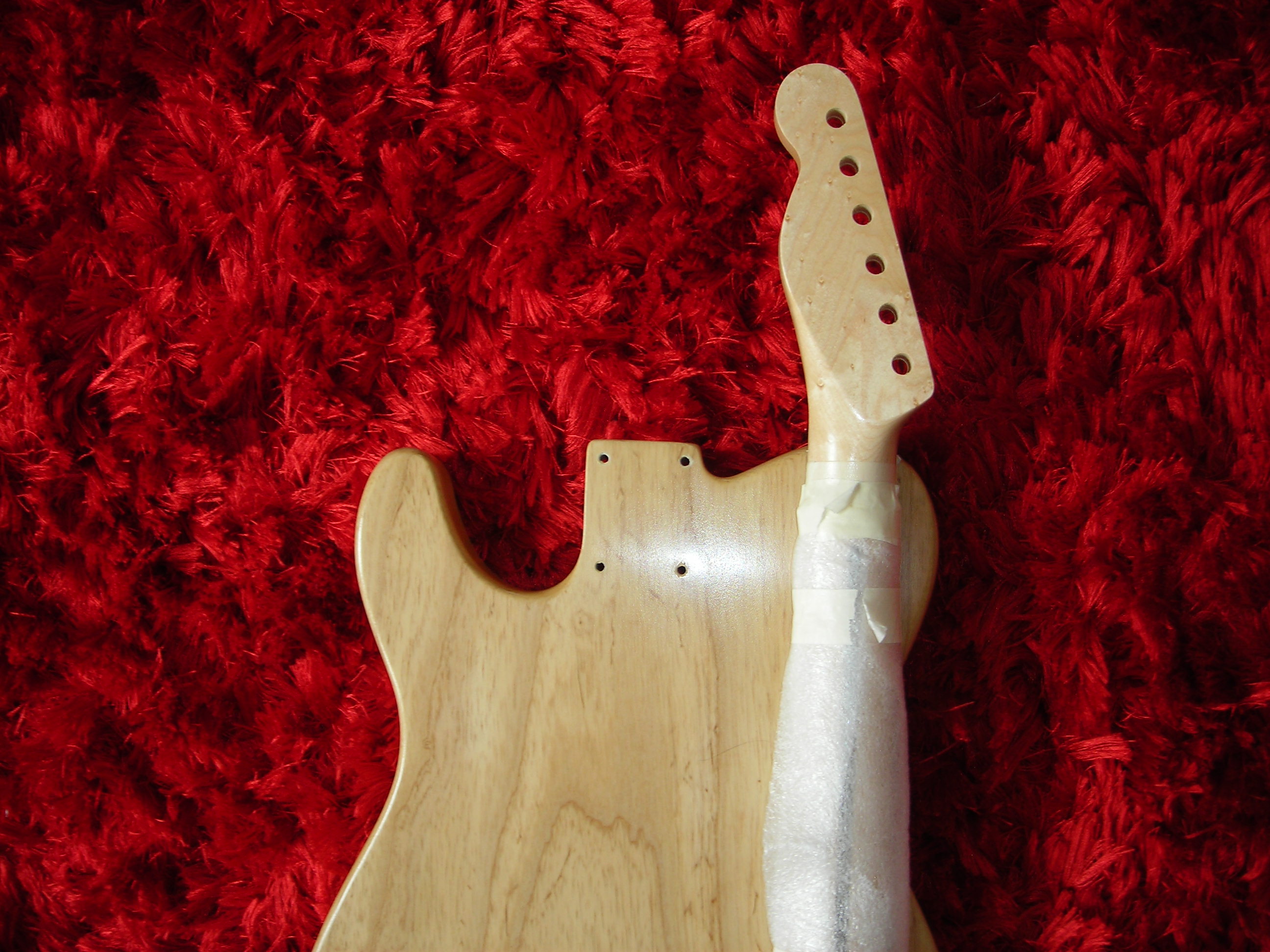 FinishtoTrussRod_9 by stratamania, on Flickr
FinishtoTrussRod_9 by stratamania, on Flickr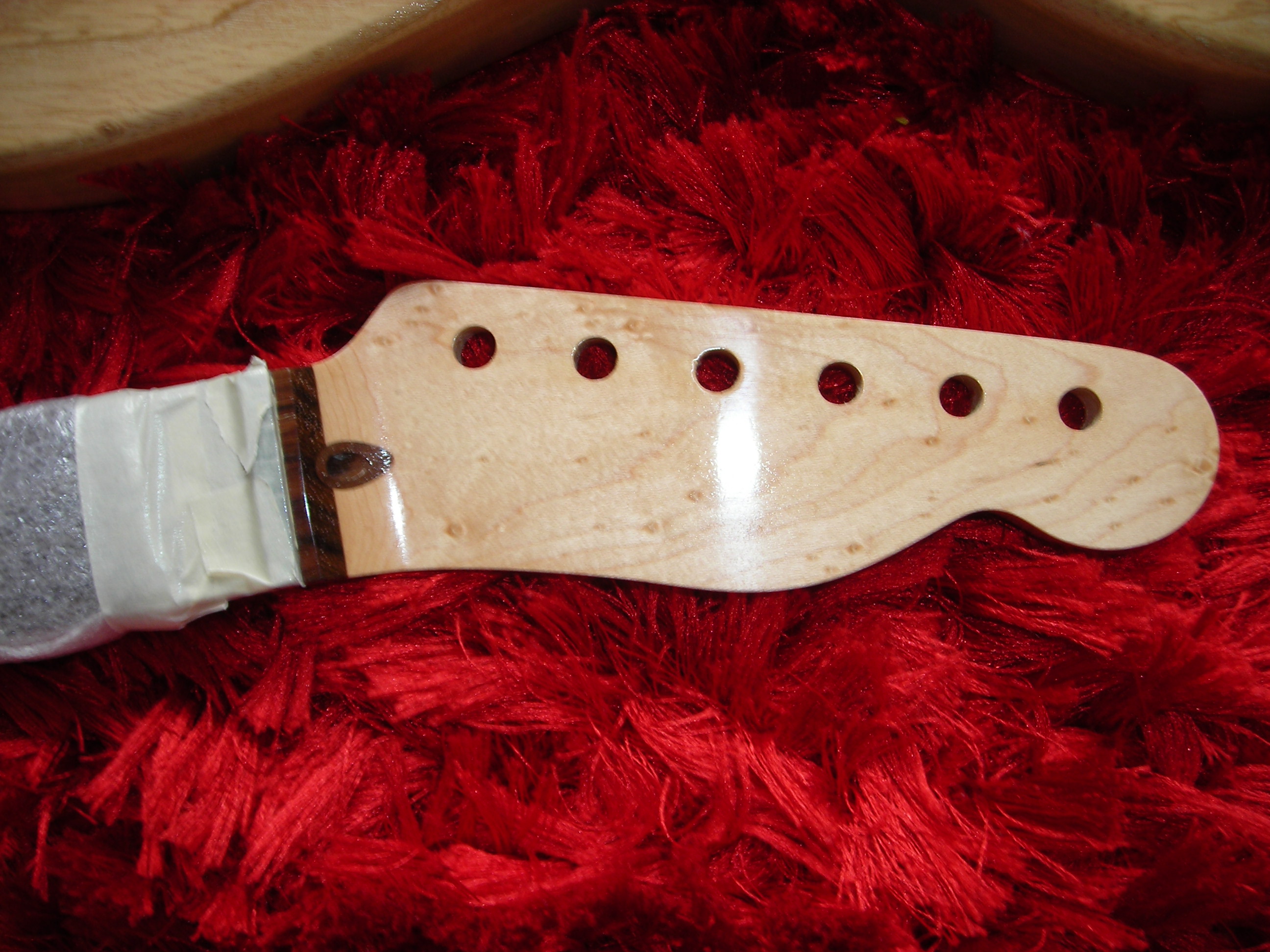 FinishtoTrussRod_10 by stratamania, on Flickr
FinishtoTrussRod_10 by stratamania, on Flickr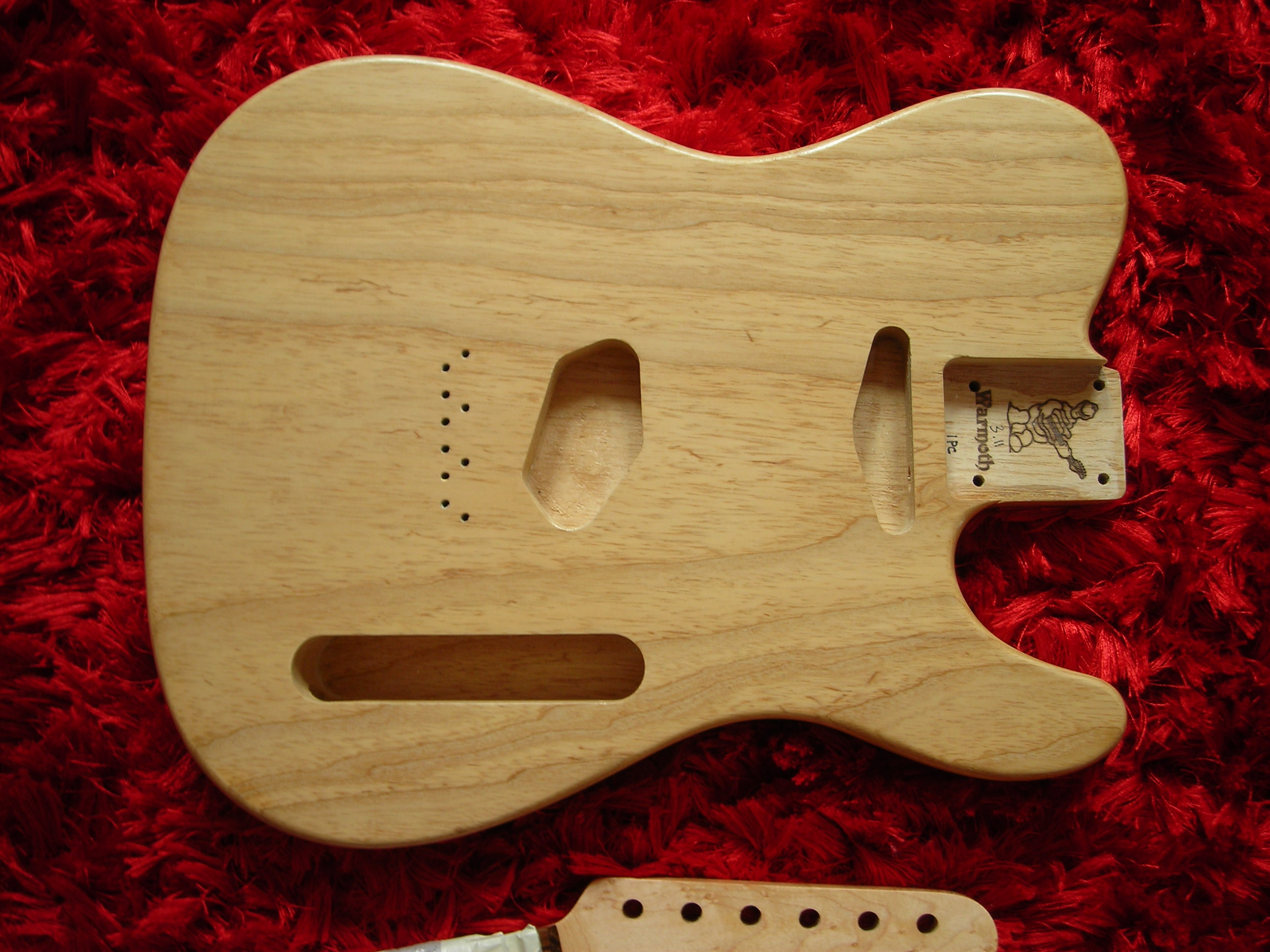 FinishtoTrussRod_11 by stratamania, on Flickr
FinishtoTrussRod_11 by stratamania, on Flickr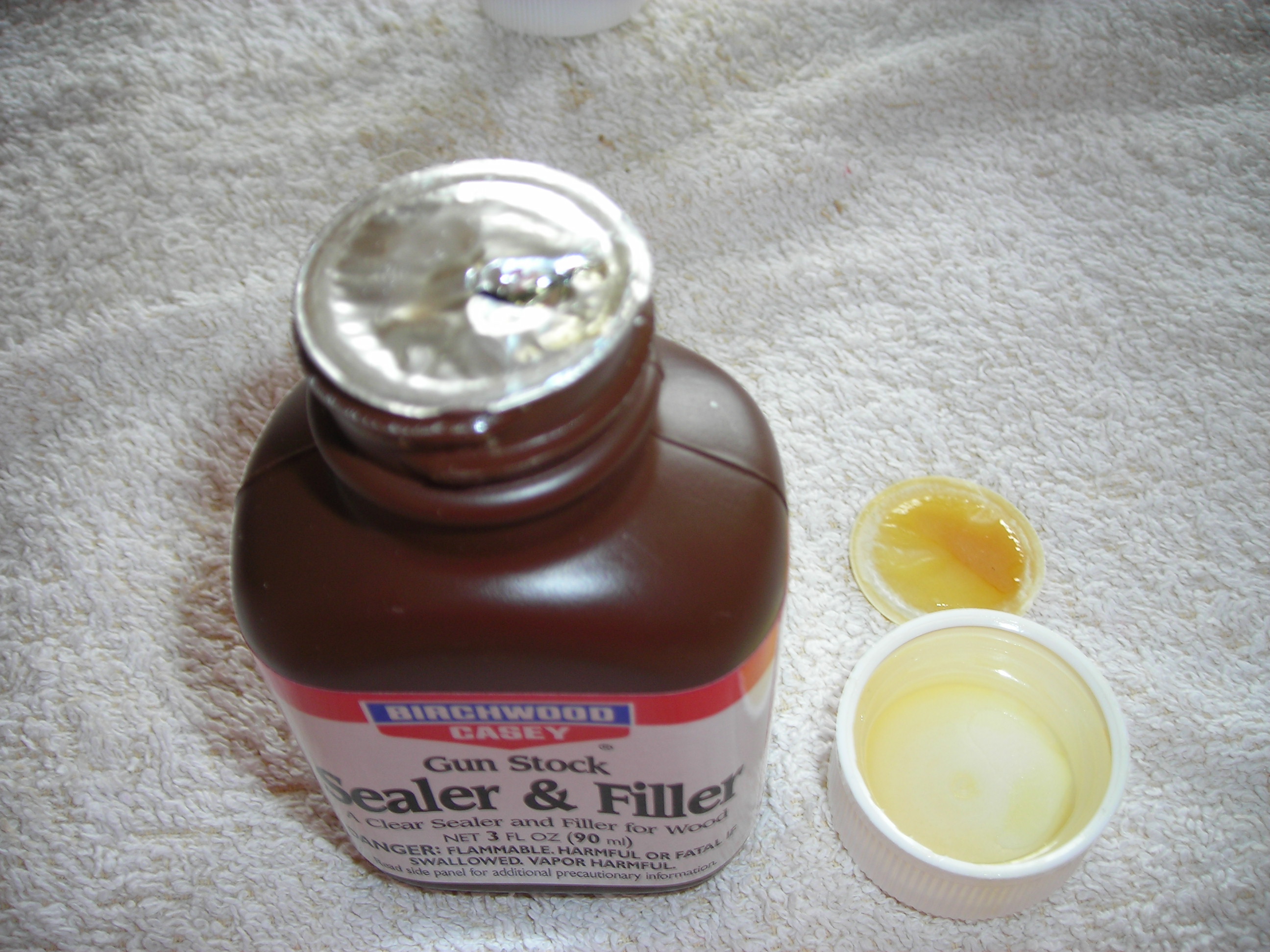 FinishtoTrussRod_12 by stratamania, on Flickr
FinishtoTrussRod_12 by stratamania, on Flickr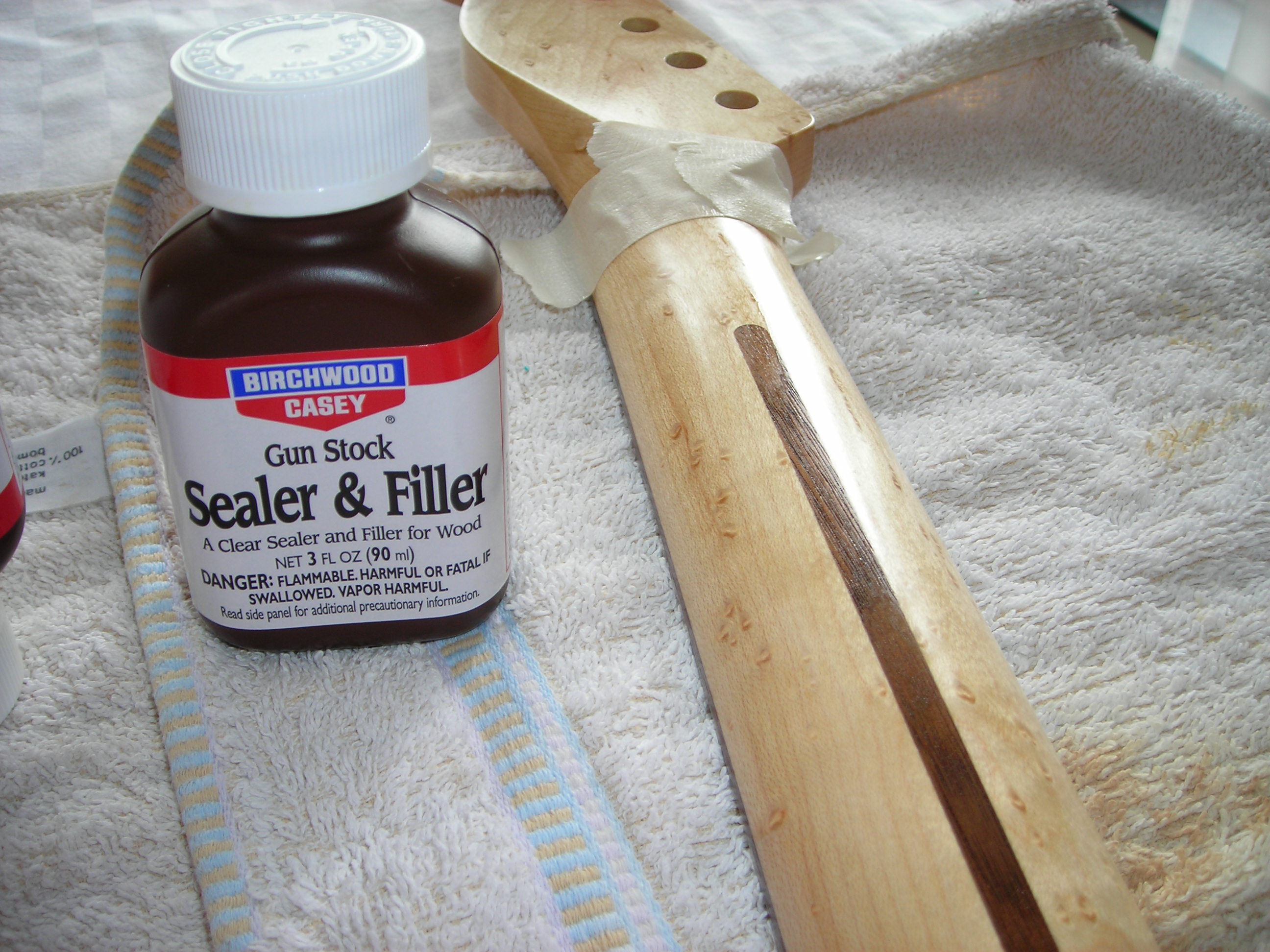 FinishtoTrussRod_13 by stratamania, on Flickr
FinishtoTrussRod_13 by stratamania, on Flickr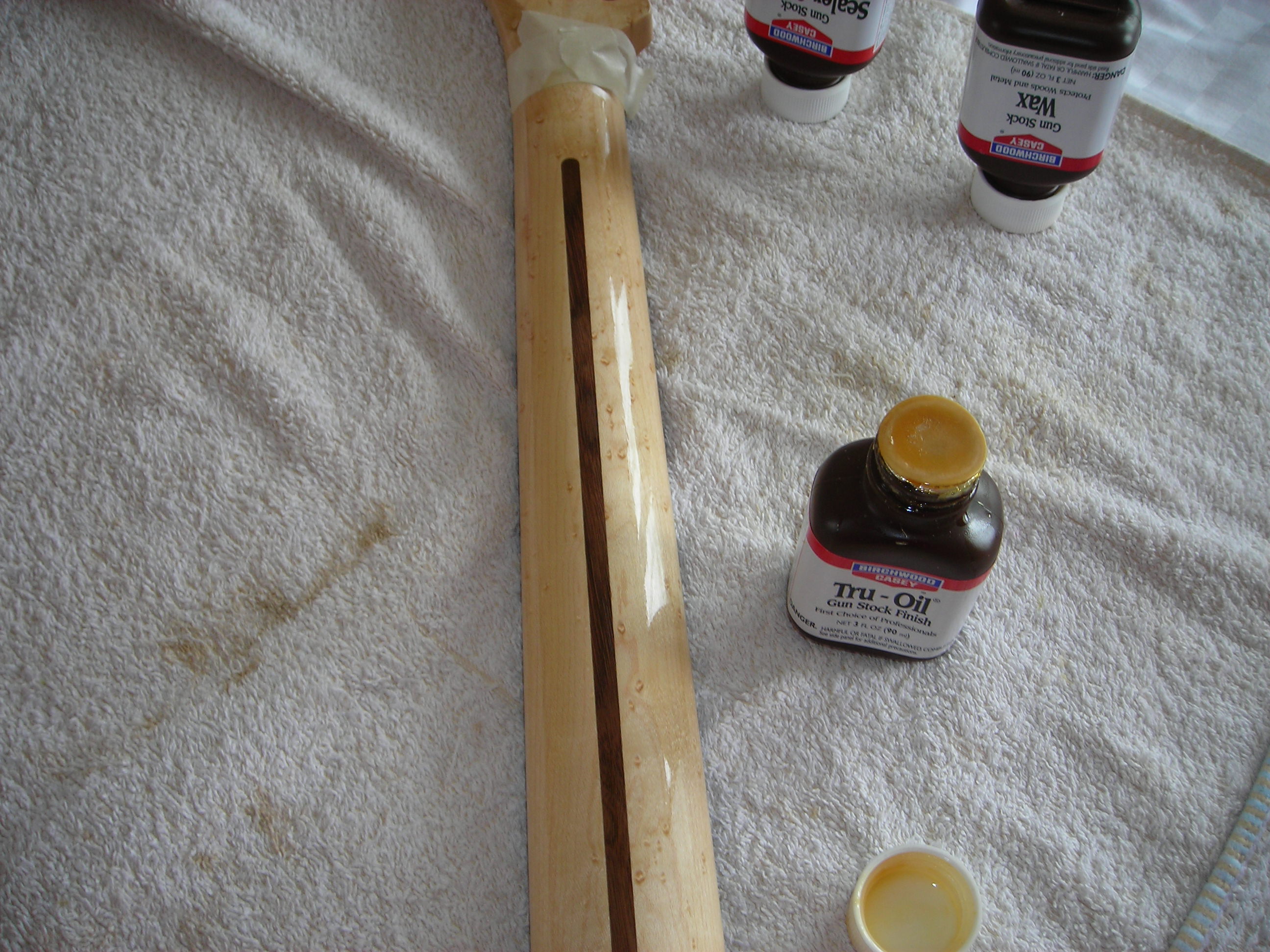 FinishtoTrussRod_14 by stratamania, on Flickr
FinishtoTrussRod_14 by stratamania, on Flickr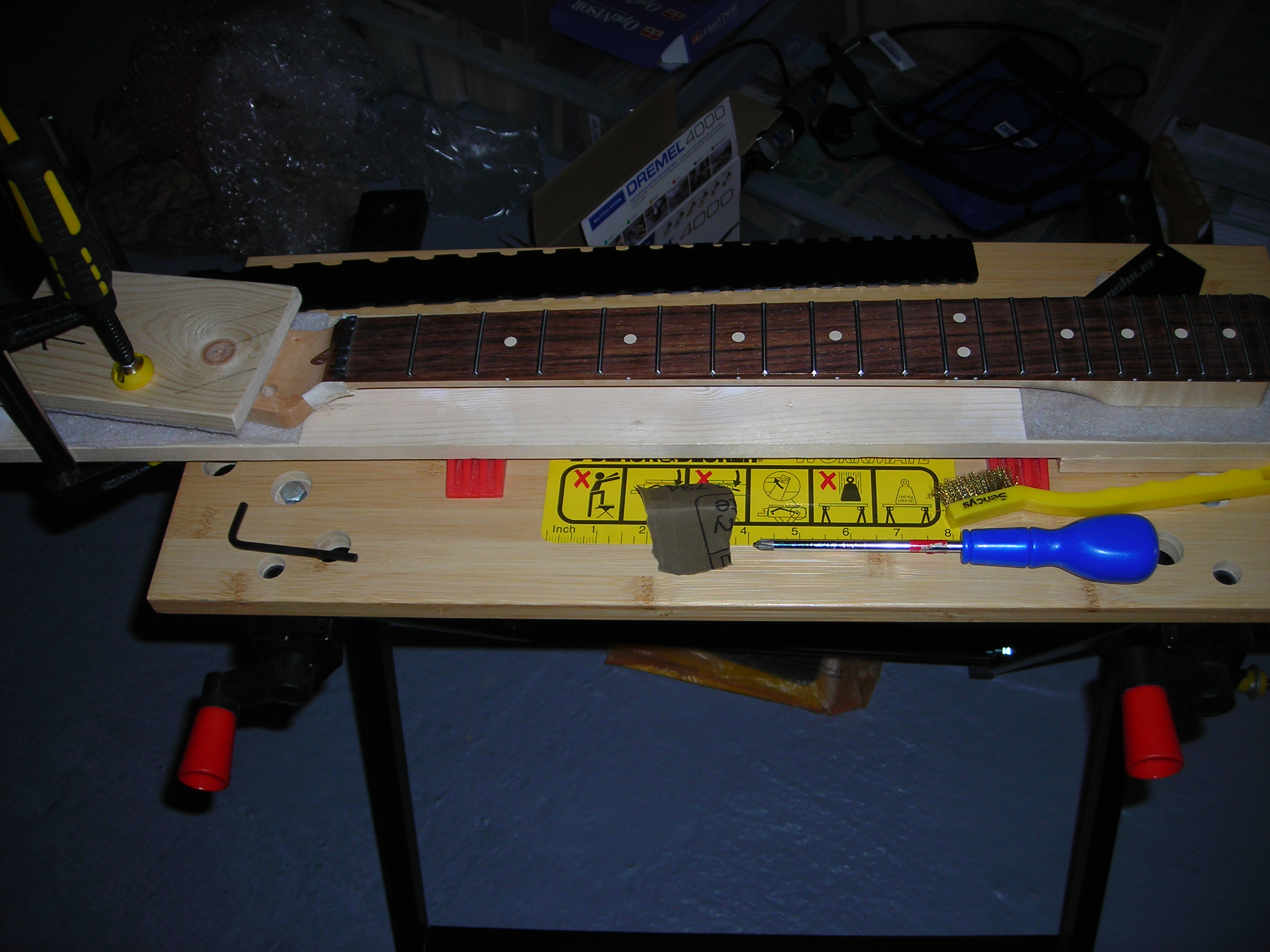 FinishtoTrussRod_15 by stratamania, on Flickr
FinishtoTrussRod_15 by stratamania, on Flickr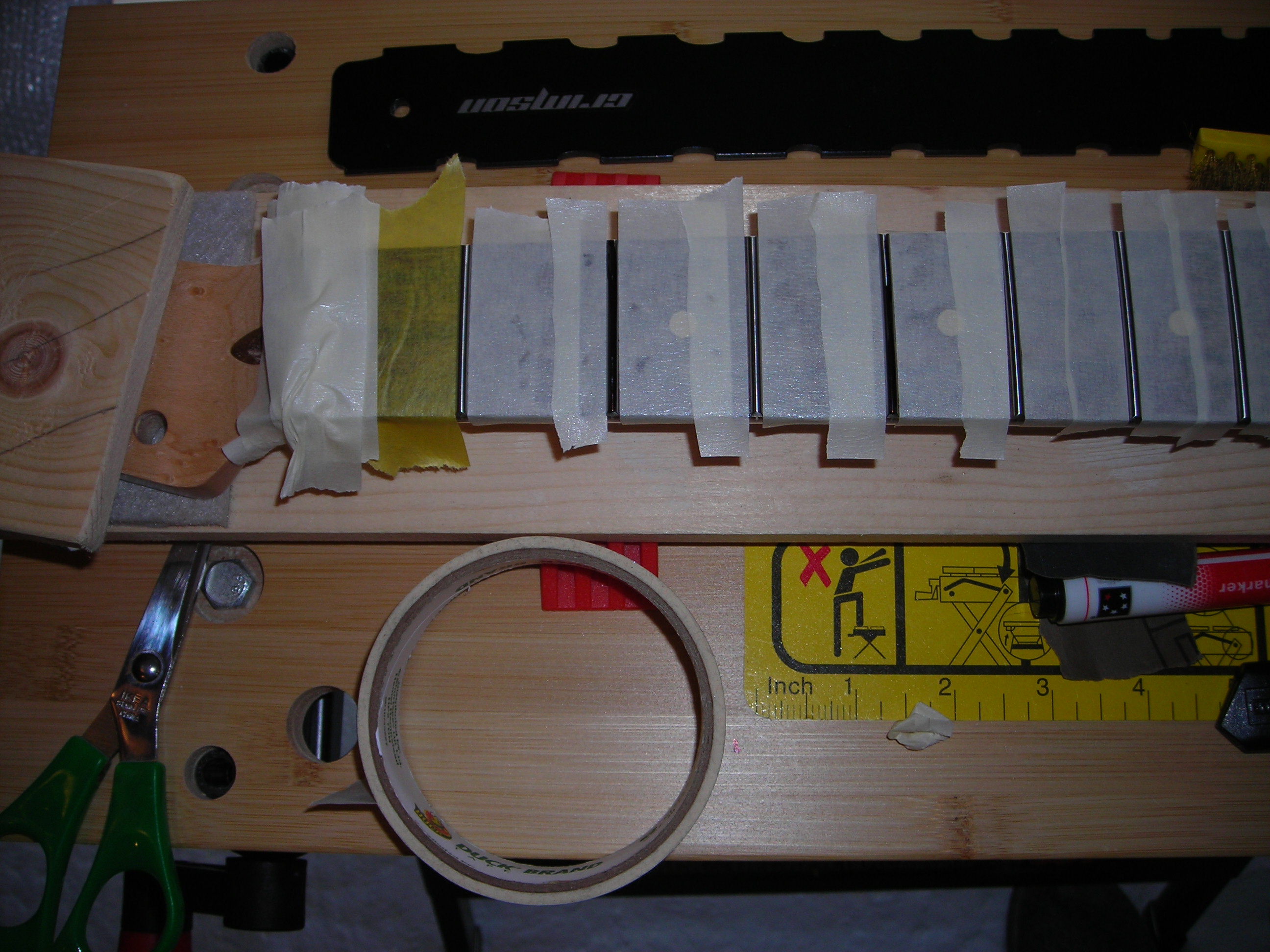 Fret_and_Finish_1 by stratamania, on Flickr
Fret_and_Finish_1 by stratamania, on Flickr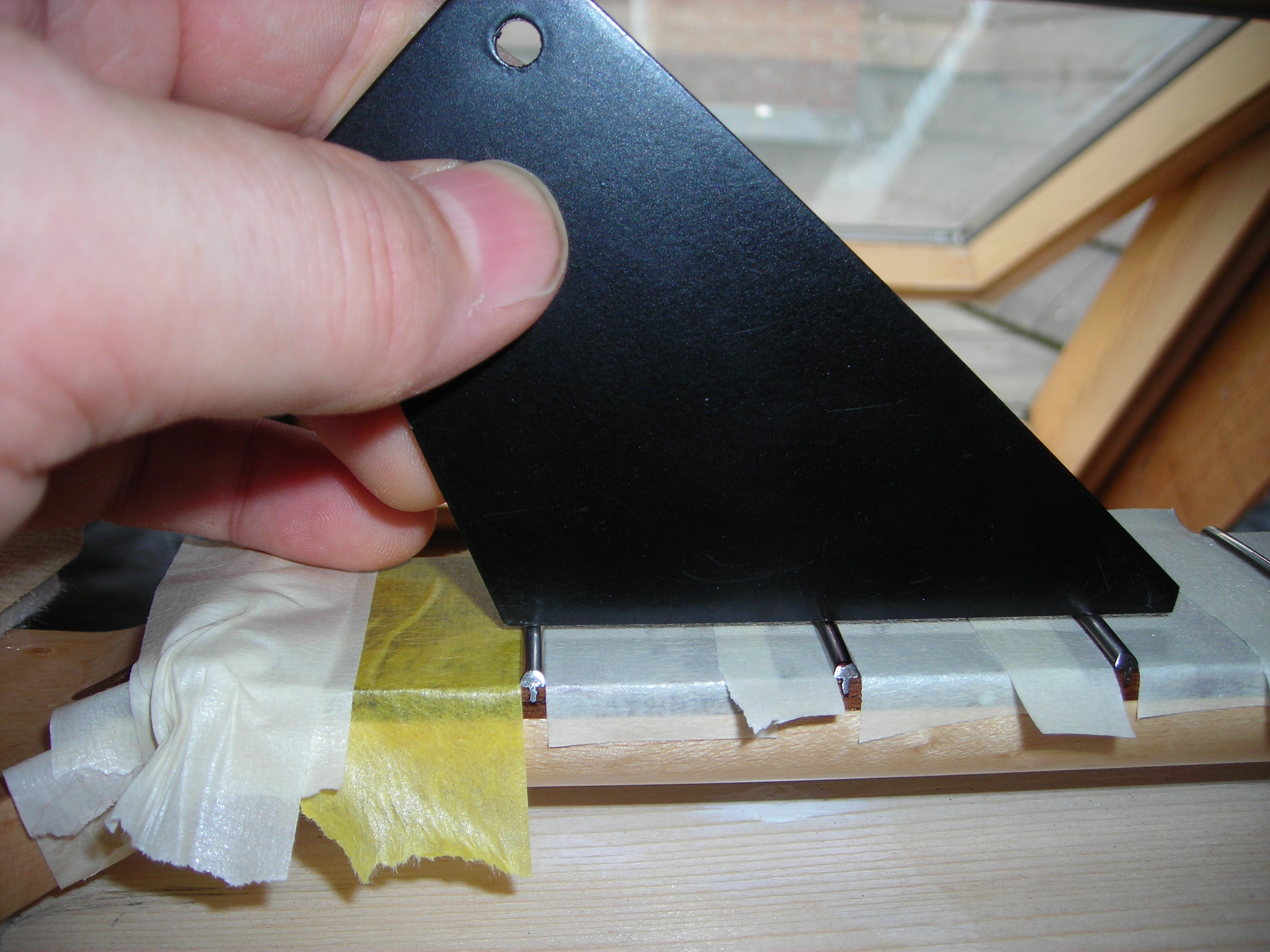 Fret_and_Finish_7 by stratamania, on Flickr
Fret_and_Finish_7 by stratamania, on Flickr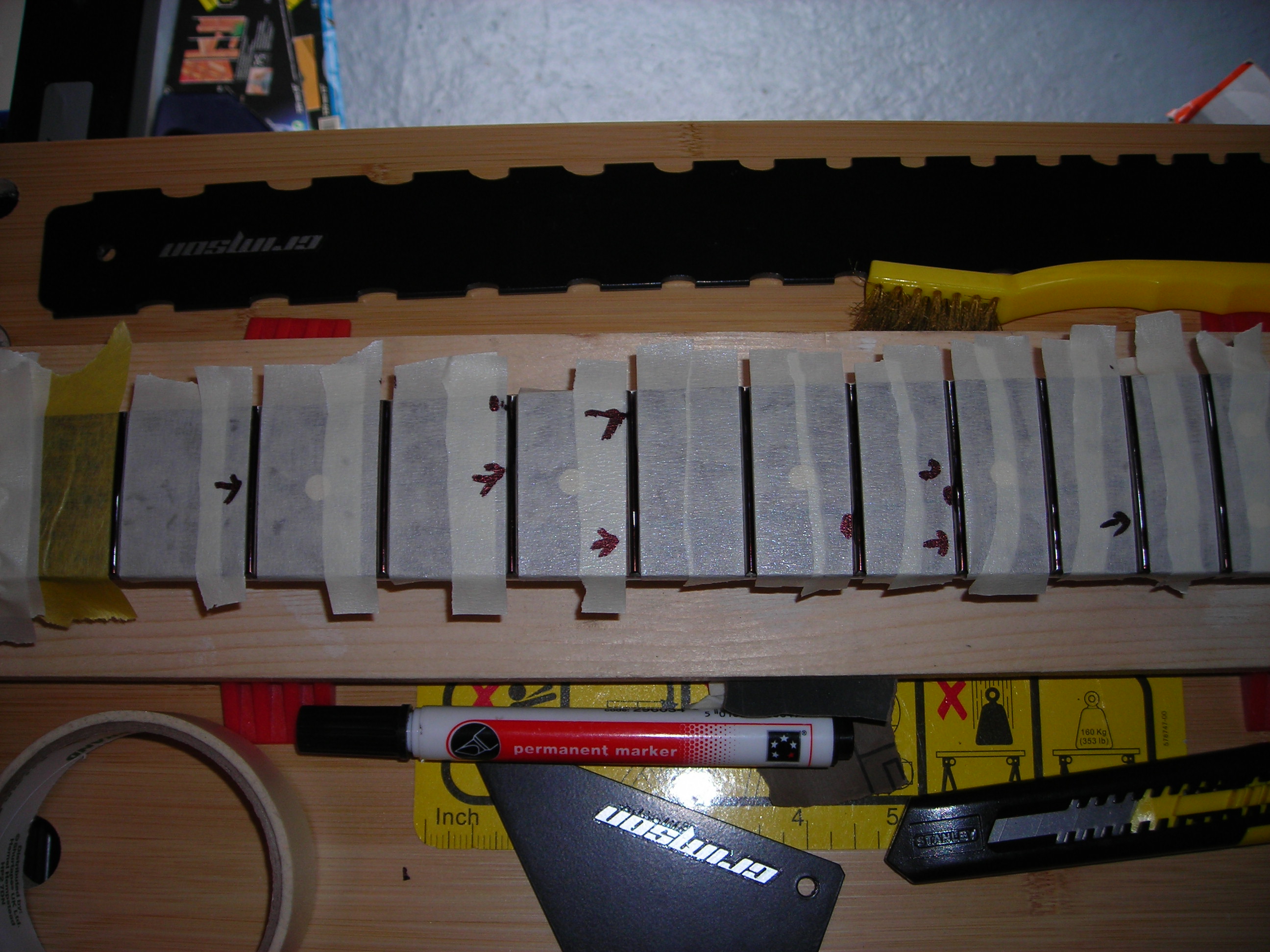 Fret_and_Finish_2 by stratamania, on Flickr
Fret_and_Finish_2 by stratamania, on Flickr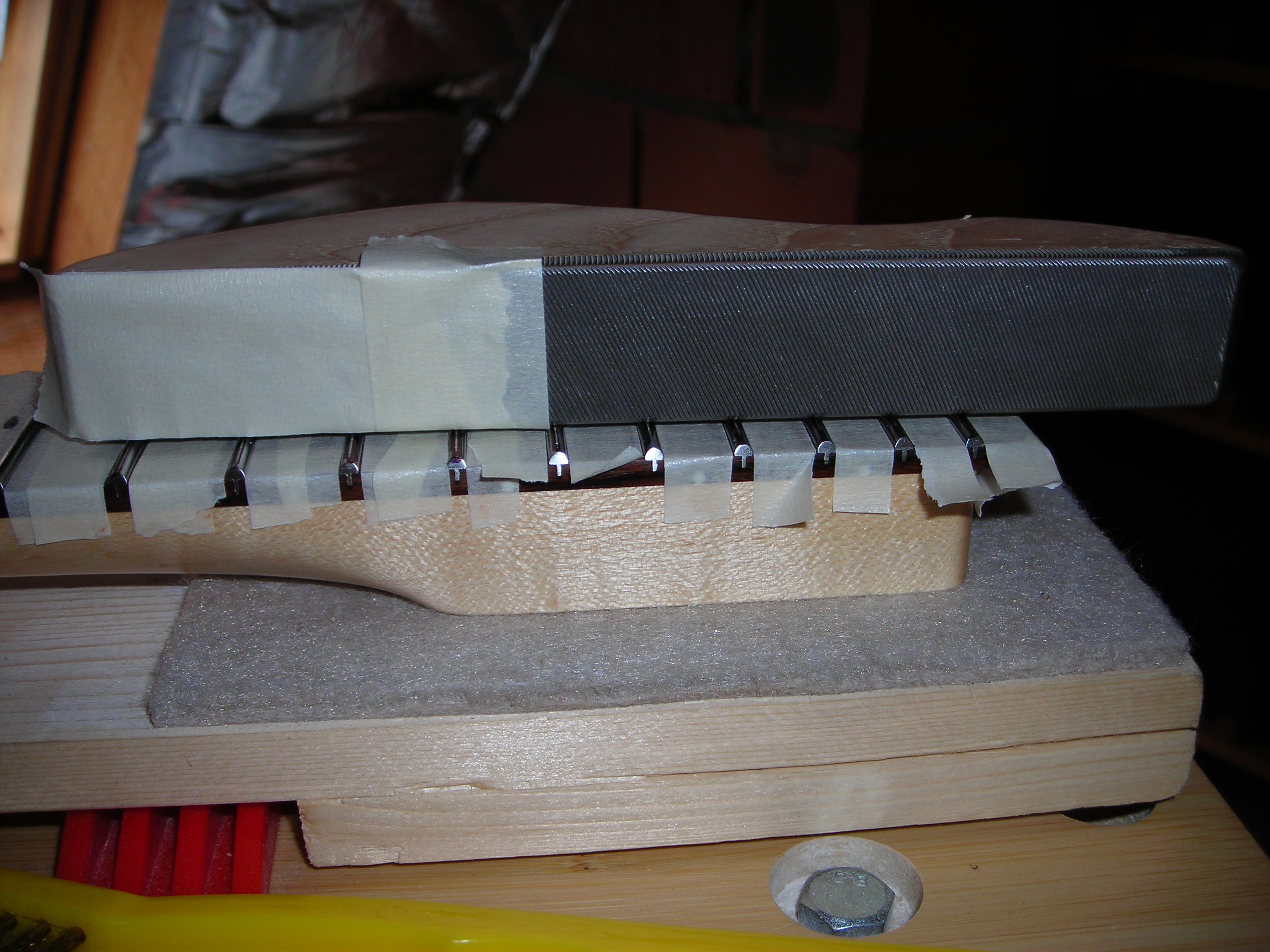 Fret_and_Finish_3 by stratamania, on Flickr
Fret_and_Finish_3 by stratamania, on Flickr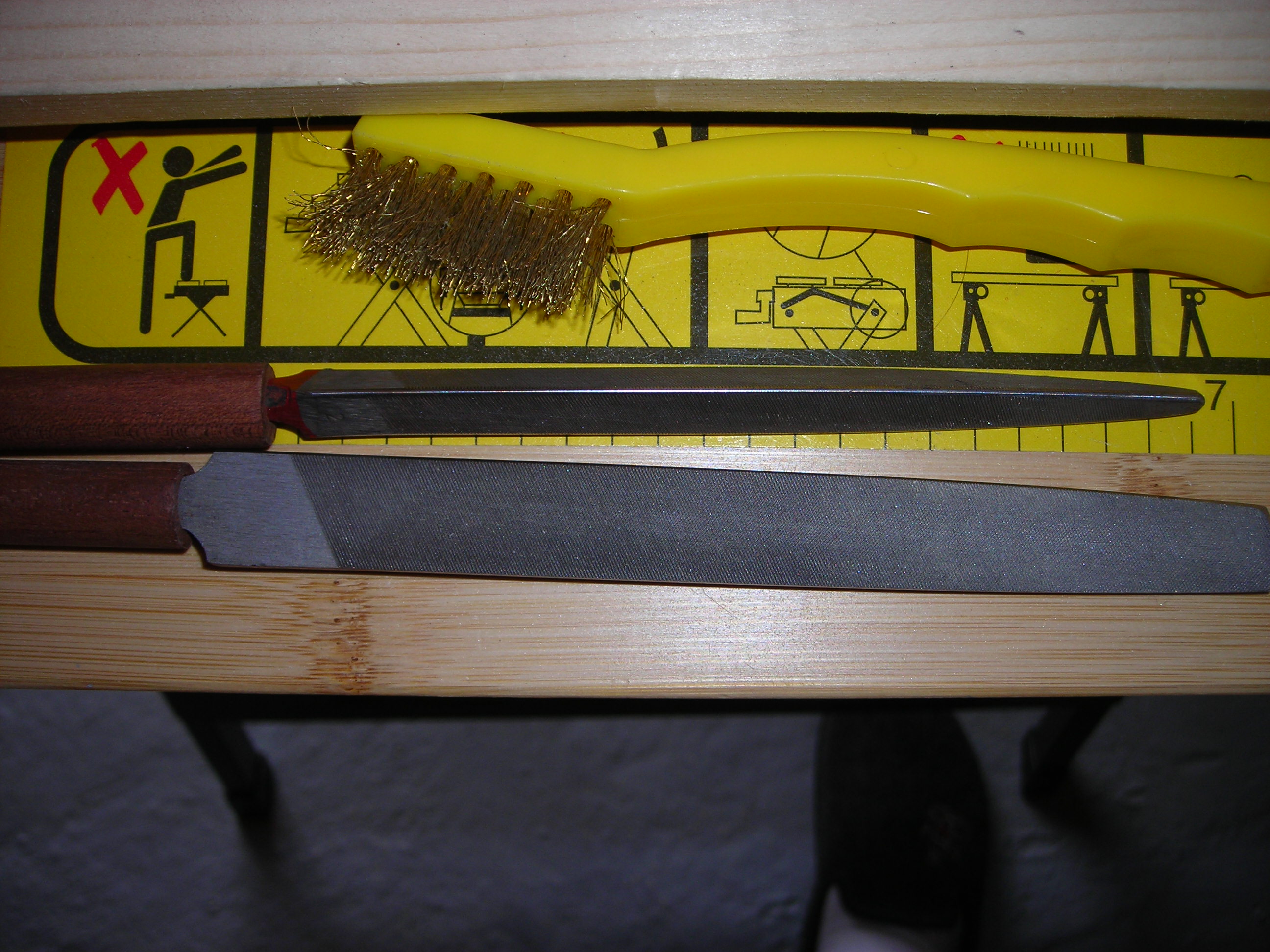 Fret_and_Finish_4 by stratamania, on Flickr
Fret_and_Finish_4 by stratamania, on Flickr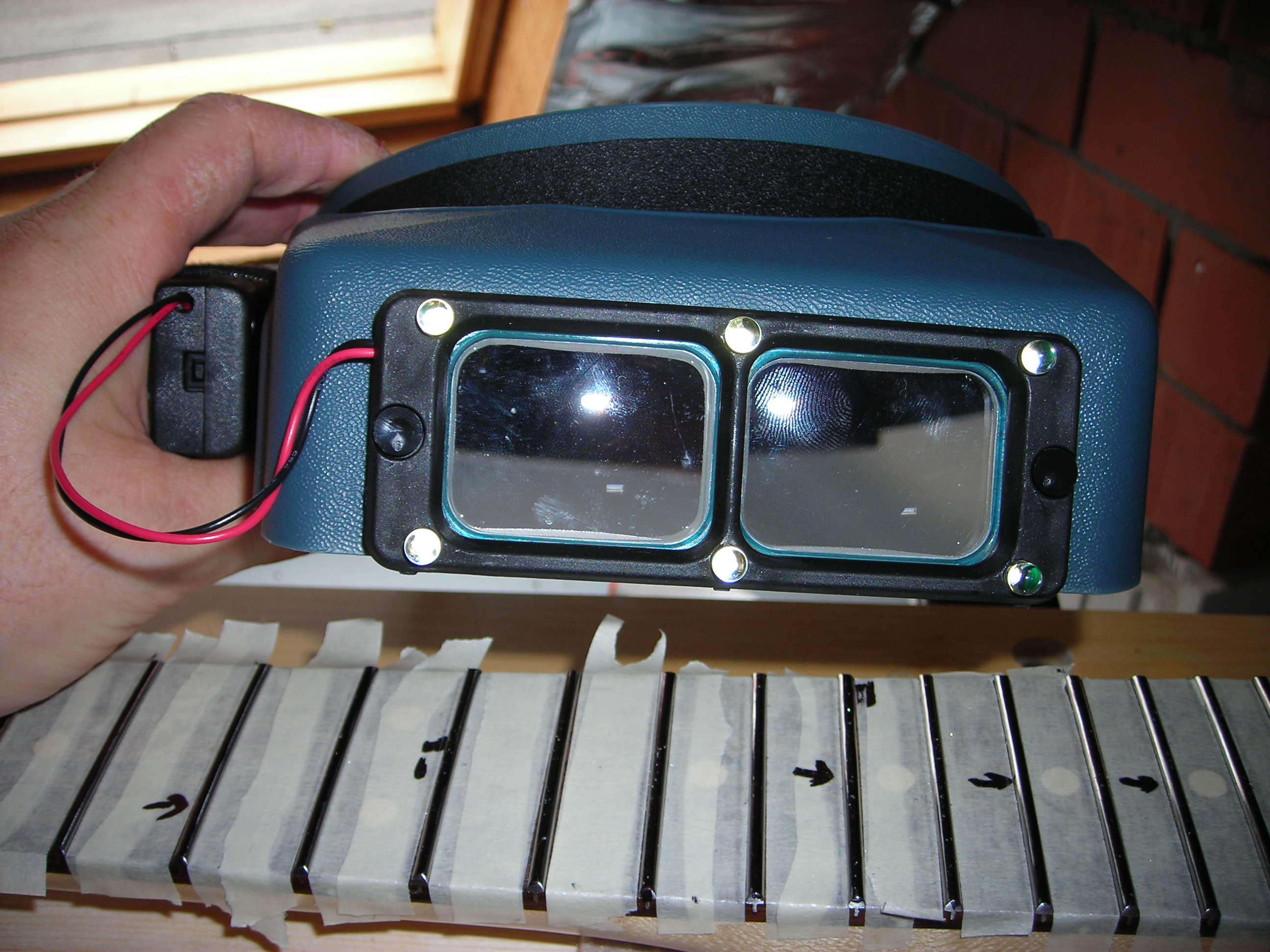 Fret_and_Finish_5 by stratamania, on Flickr
Fret_and_Finish_5 by stratamania, on Flickr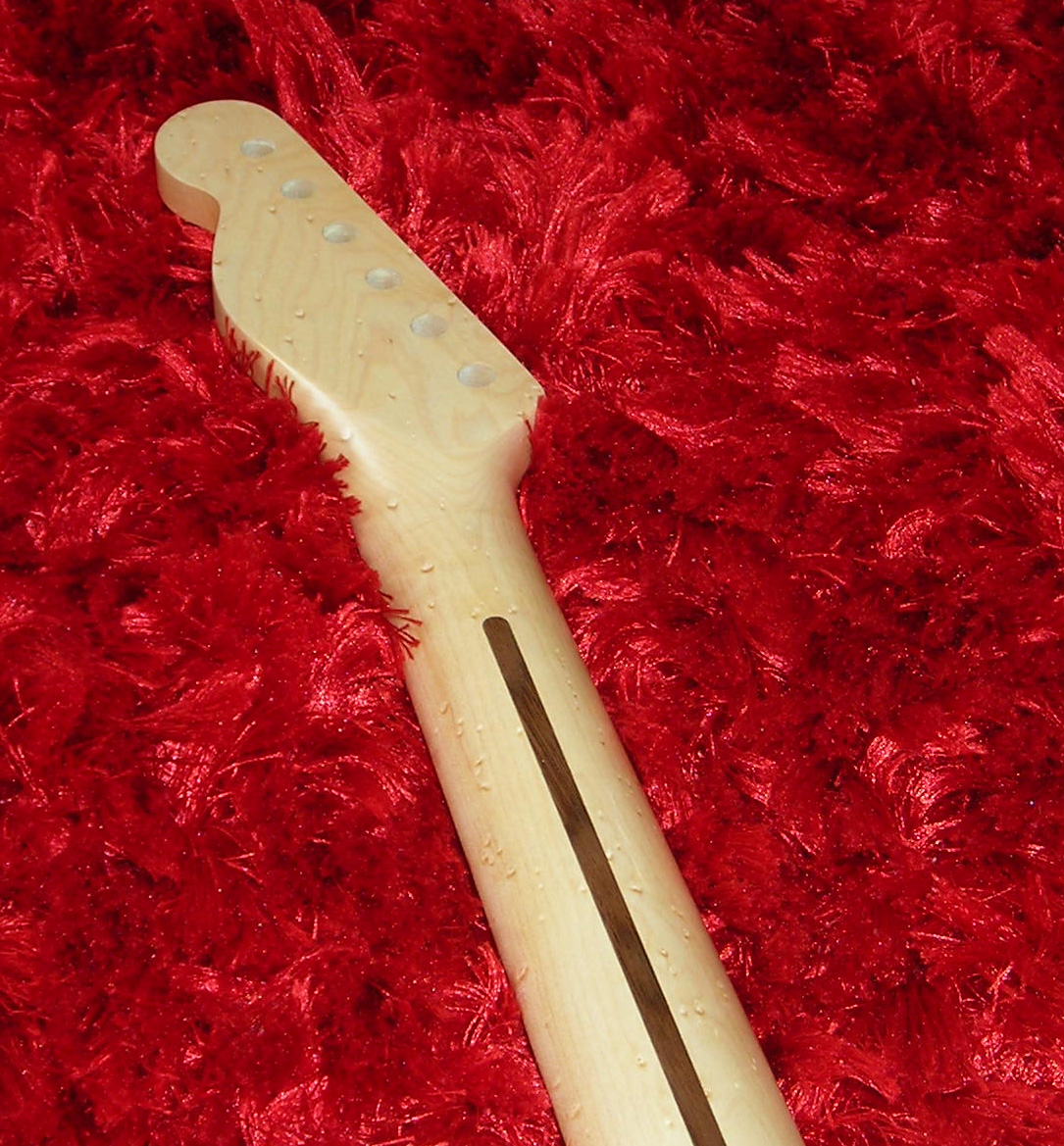 Fret_and_Finish_6 by stratamania, on Flickr
Fret_and_Finish_6 by stratamania, on Flickr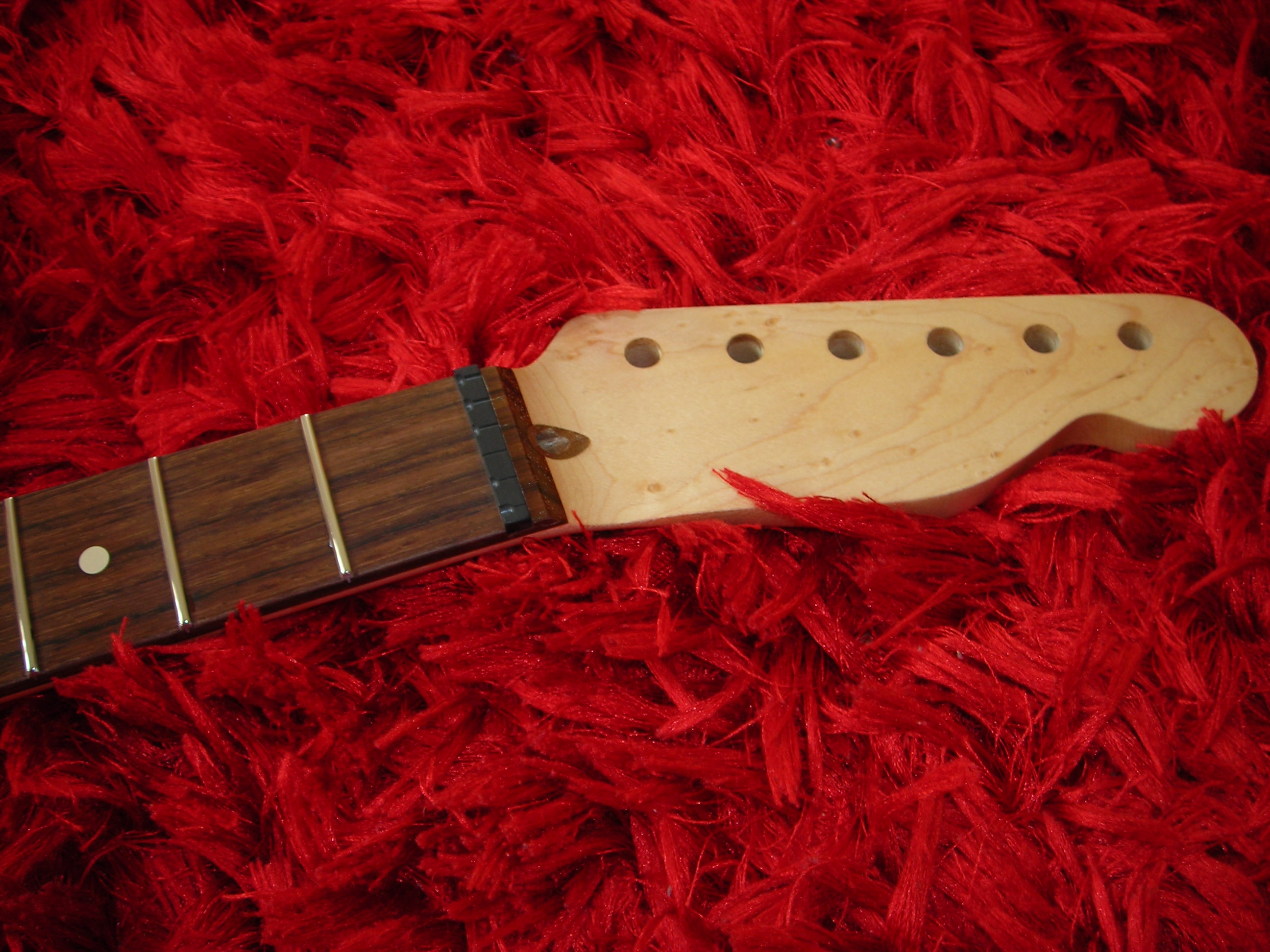 Fret_and_Finish_8 by stratamania, on Flickr
Fret_and_Finish_8 by stratamania, on FlickrSlackjaw said:And every time you break it out, you can yell... "TIME FOR TEA!!!"ccasion14:
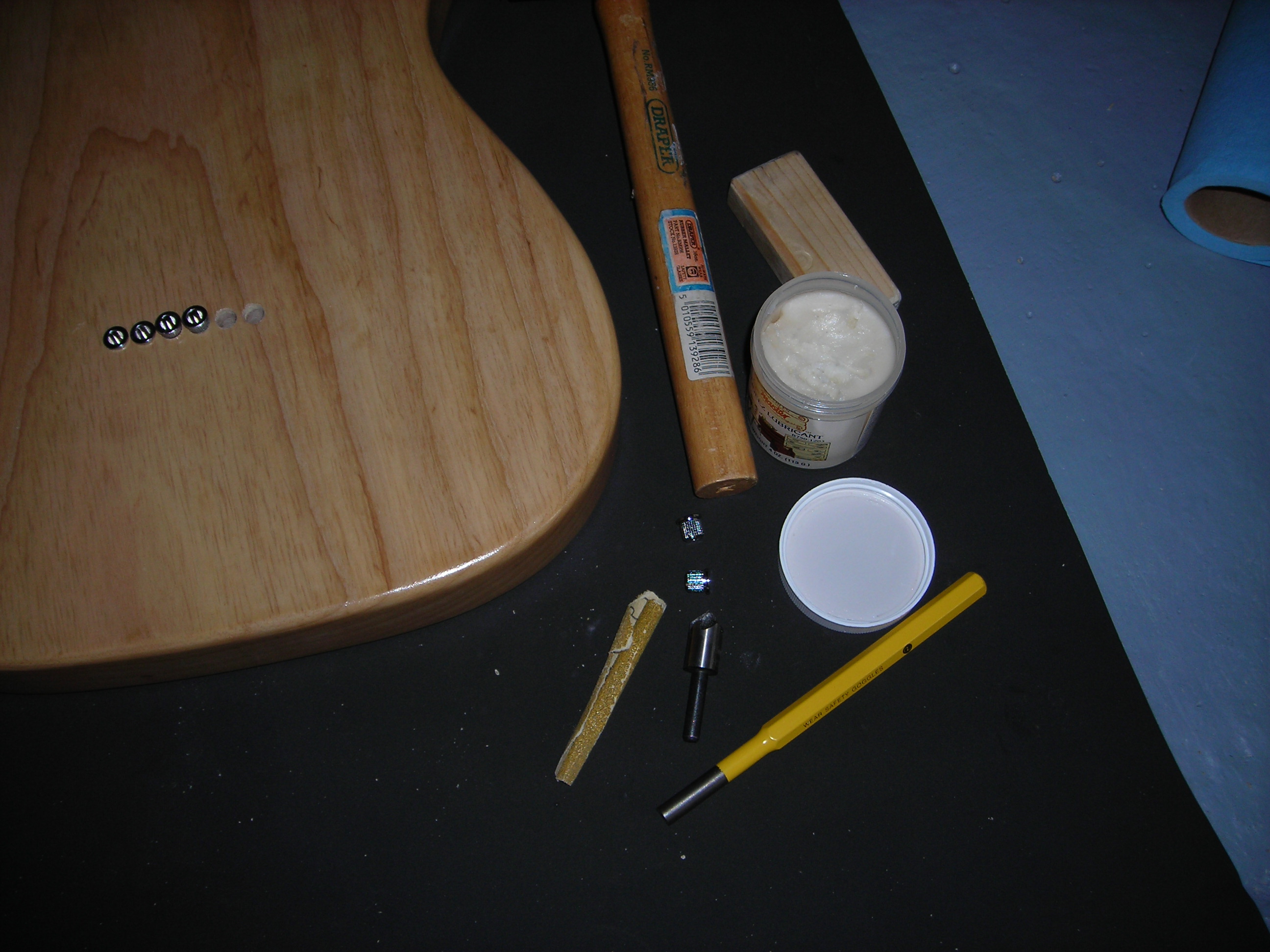 Assembly_1 by stratamania, on Flickr
Assembly_1 by stratamania, on Flickr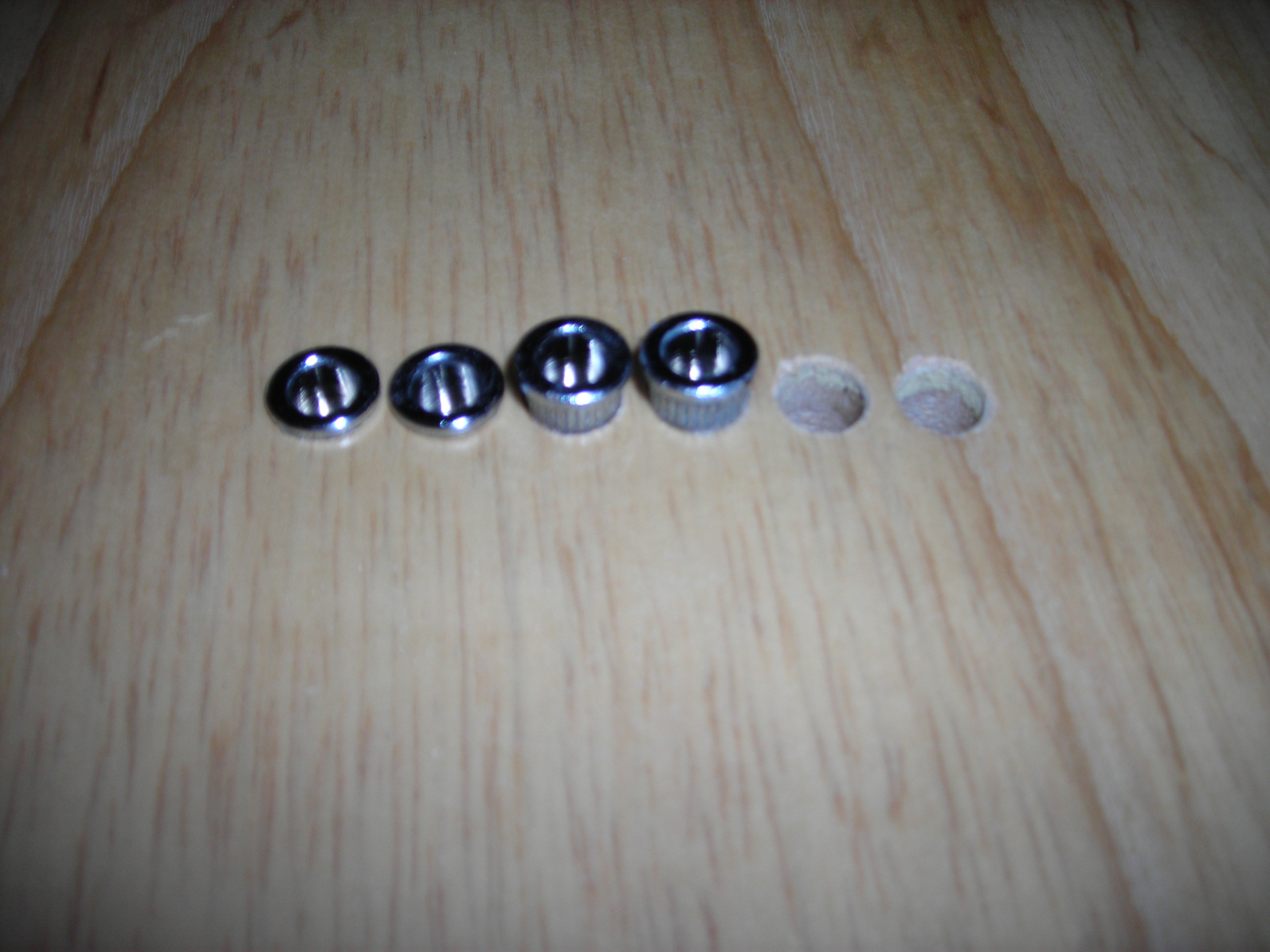 Assembly_2 by stratamania, on Flickr
Assembly_2 by stratamania, on Flickr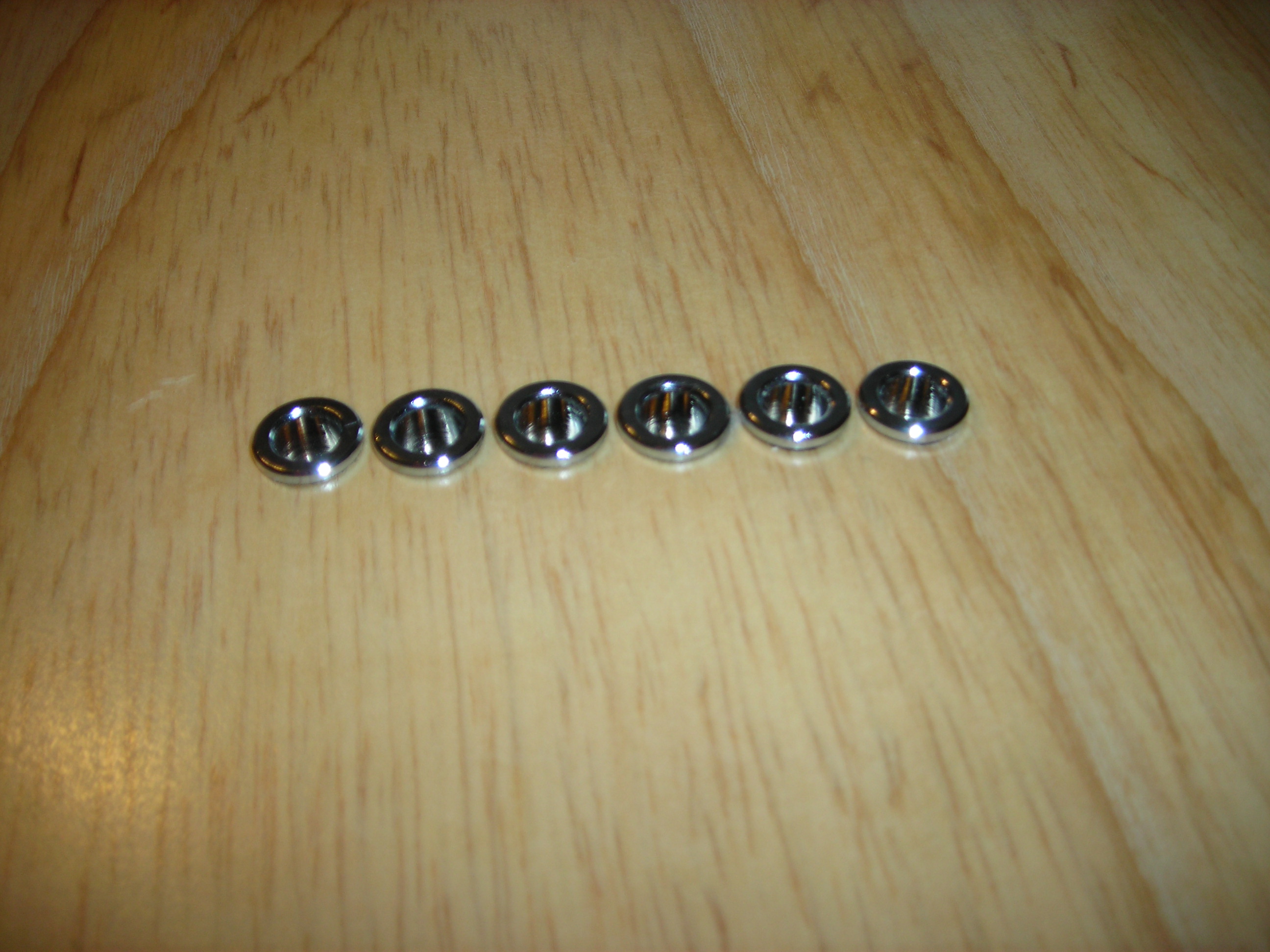 Assembly_3 by stratamania, on Flickr
Assembly_3 by stratamania, on Flickr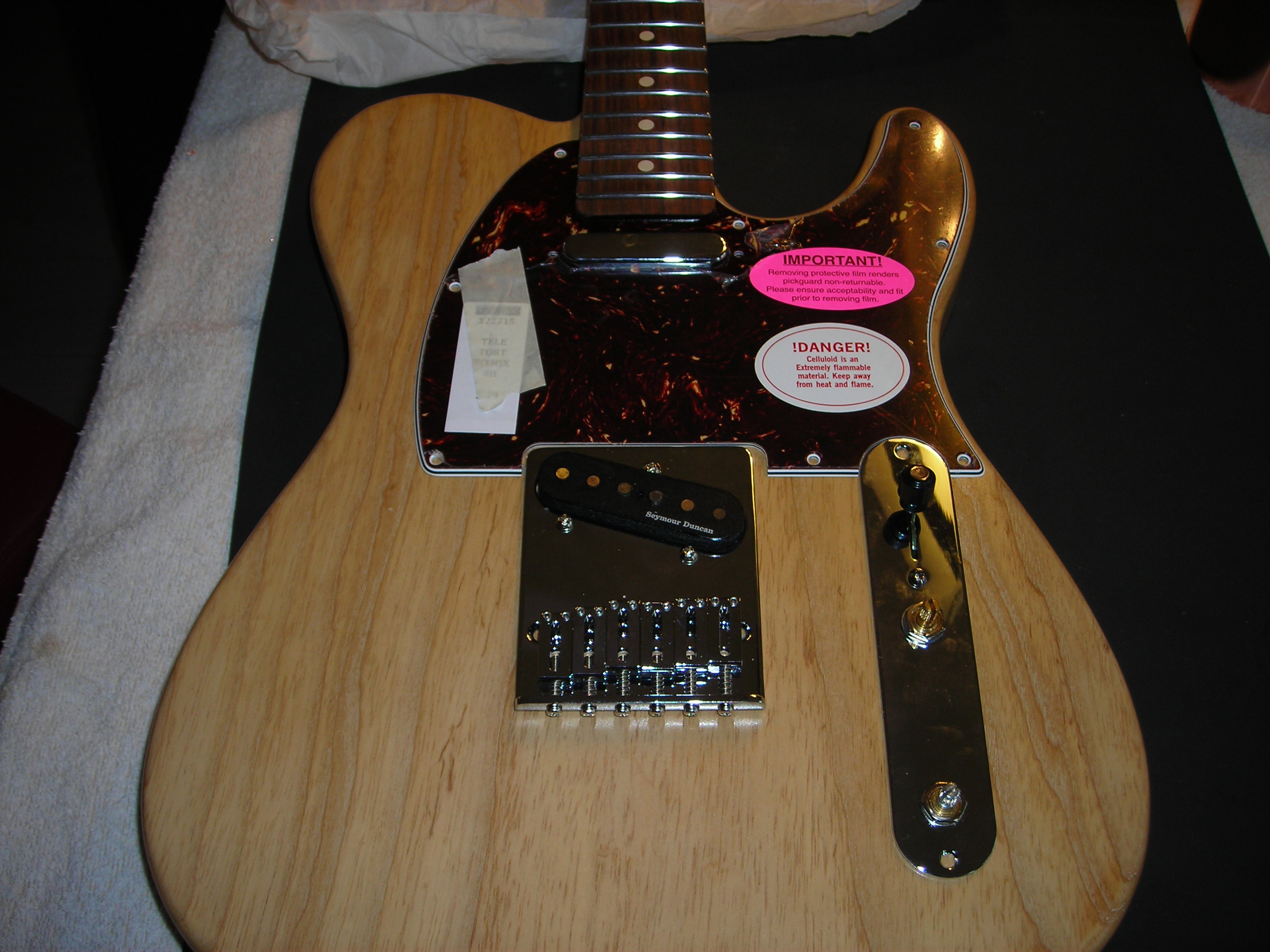 Assembly_4 by stratamania, on Flickr
Assembly_4 by stratamania, on Flickr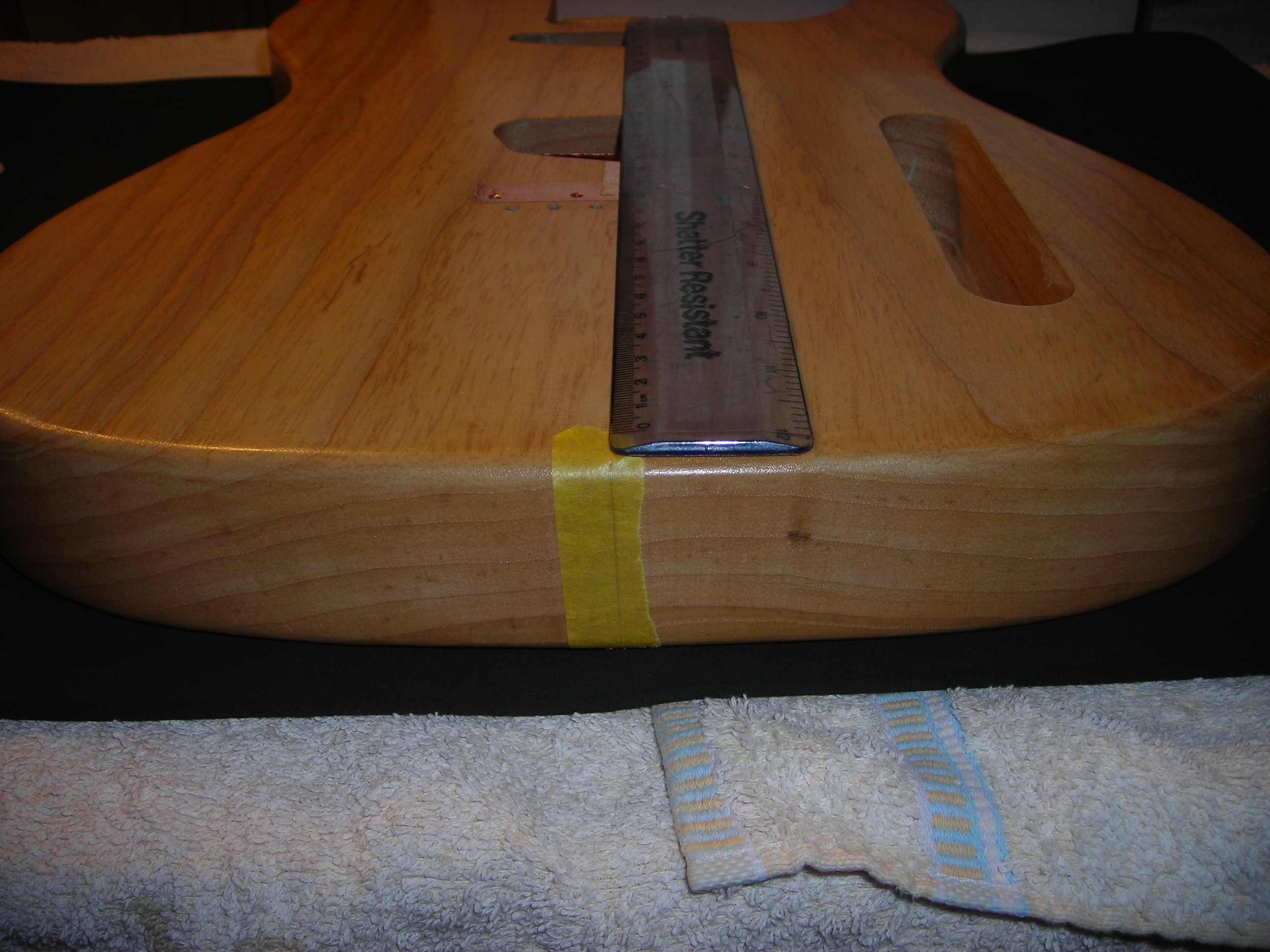 Assembly_5 by stratamania, on Flickr
Assembly_5 by stratamania, on Flickr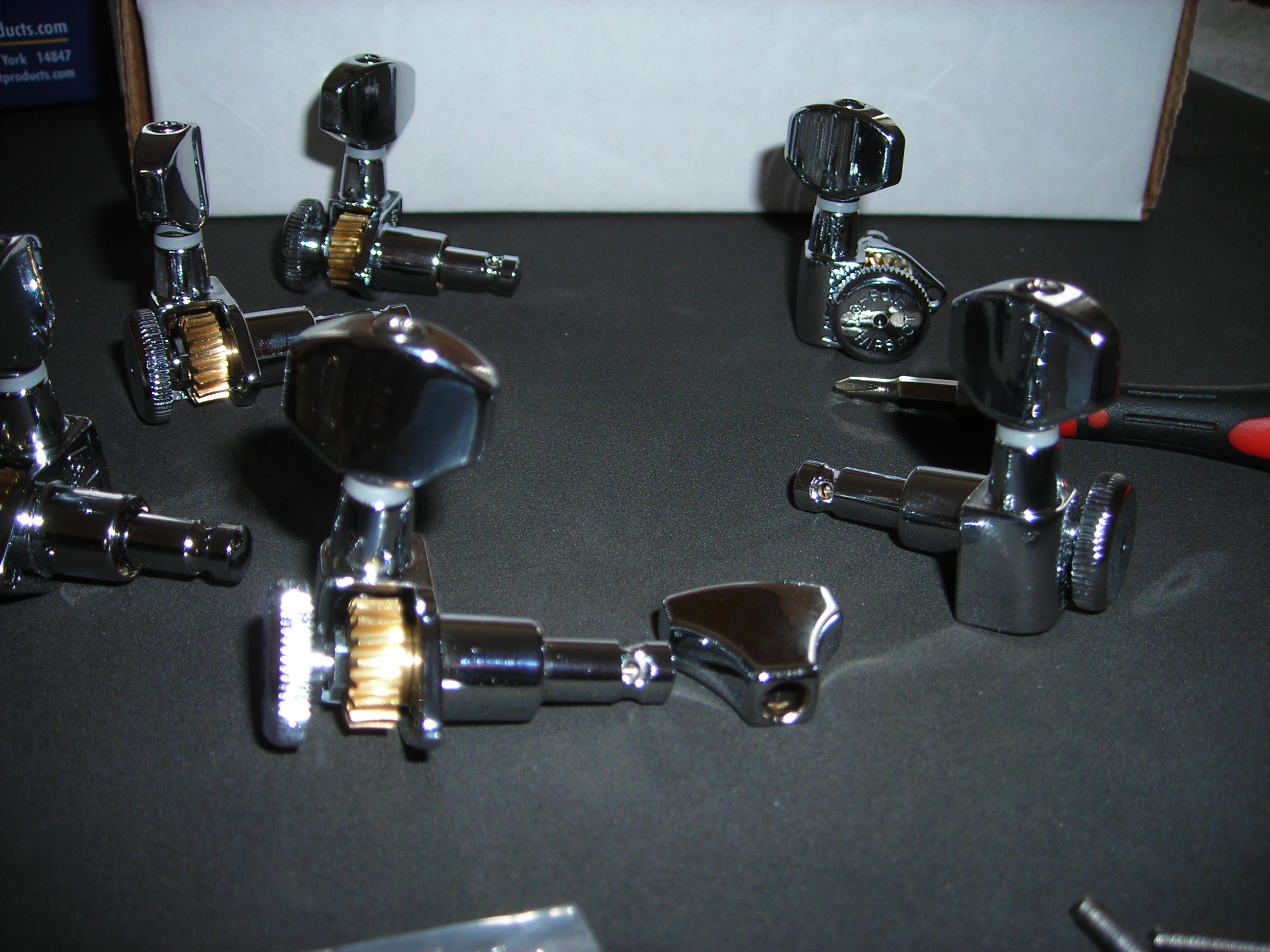 Assembly_6 by stratamania, on Flickr
Assembly_6 by stratamania, on Flickr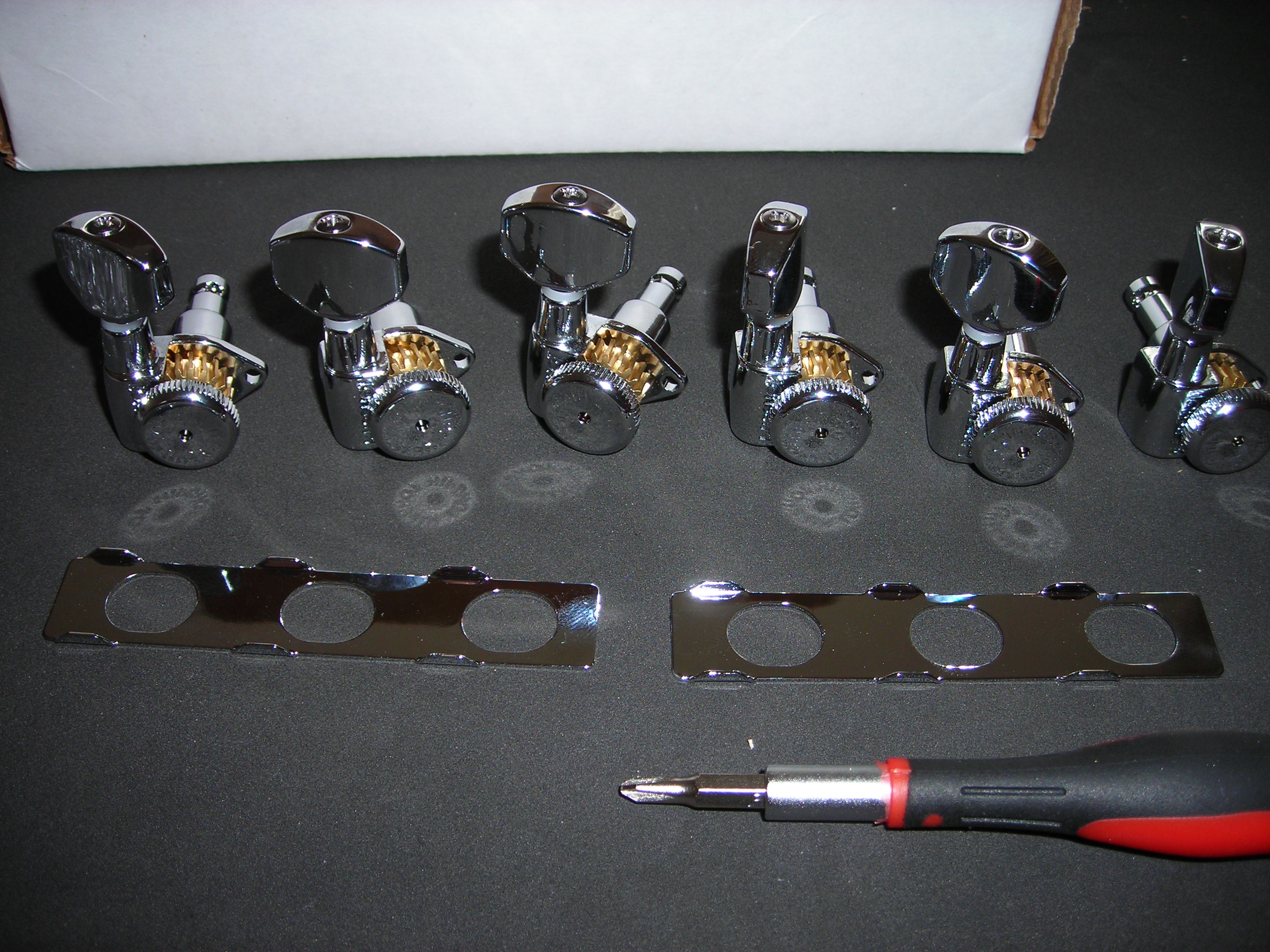 Assembly_7 by stratamania, on Flickr
Assembly_7 by stratamania, on Flickr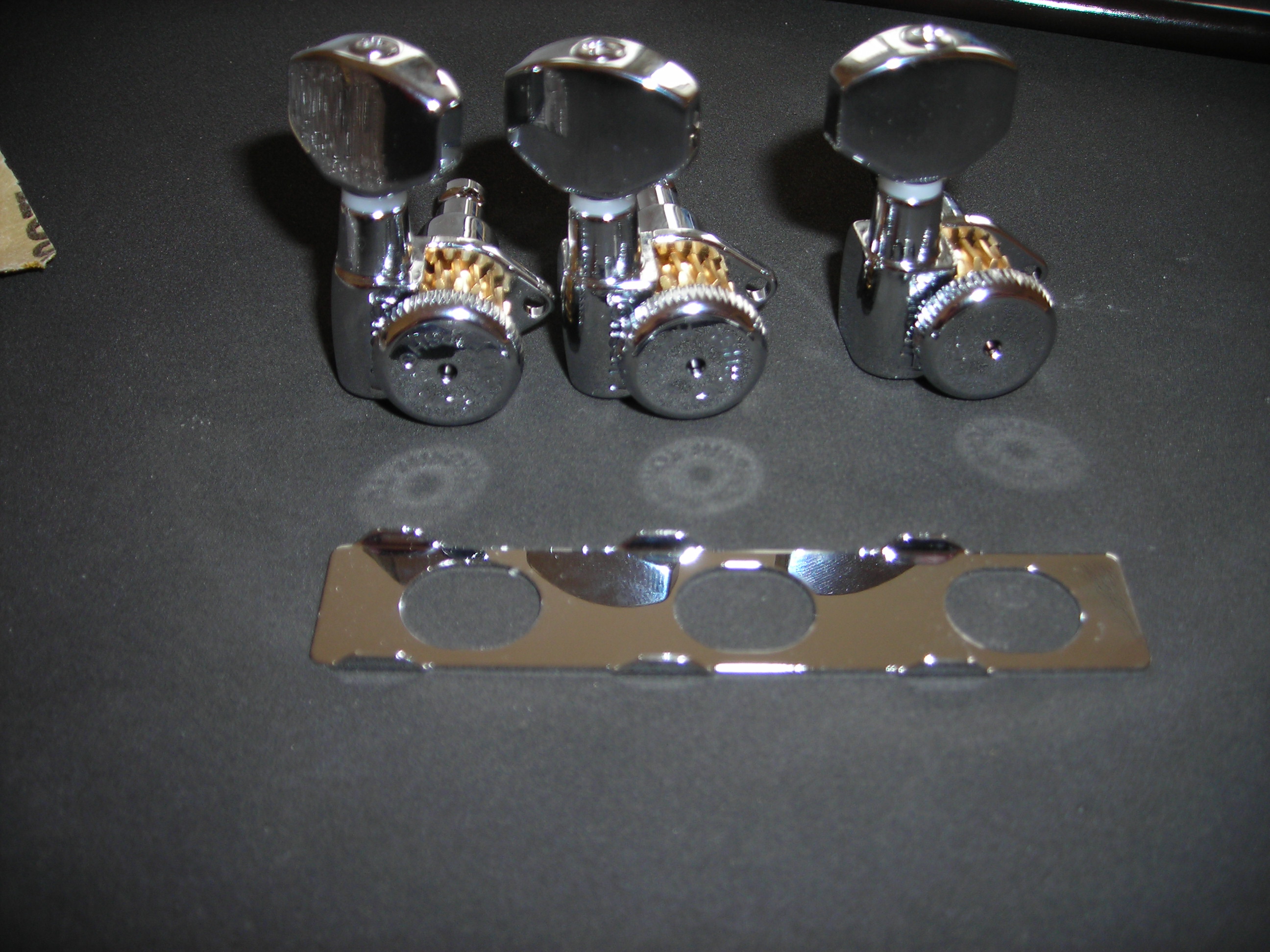 Assembly_8 by stratamania, on Flickr
Assembly_8 by stratamania, on Flickr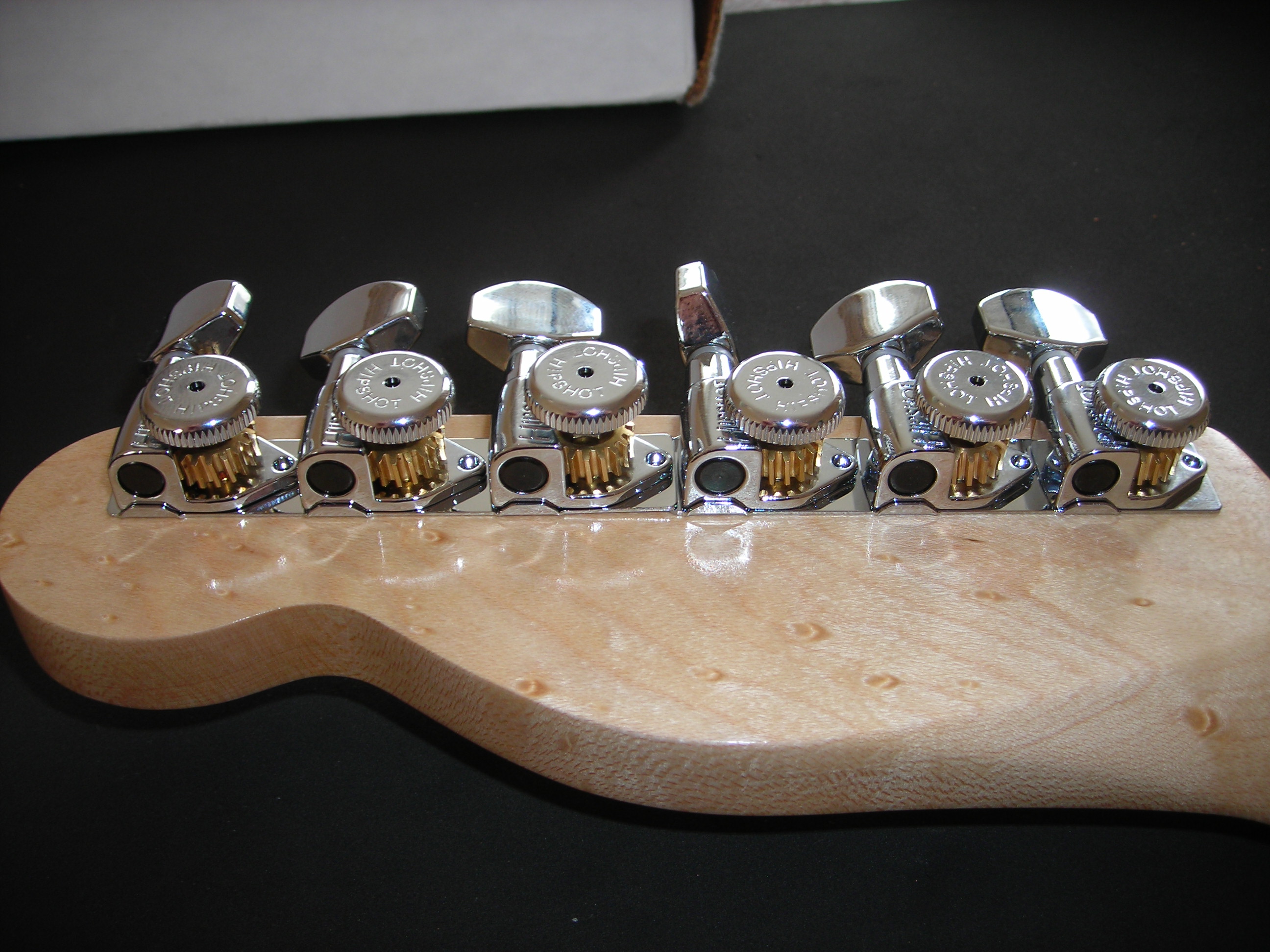 Assembly_9 by stratamania, on Flickr
Assembly_9 by stratamania, on Flickr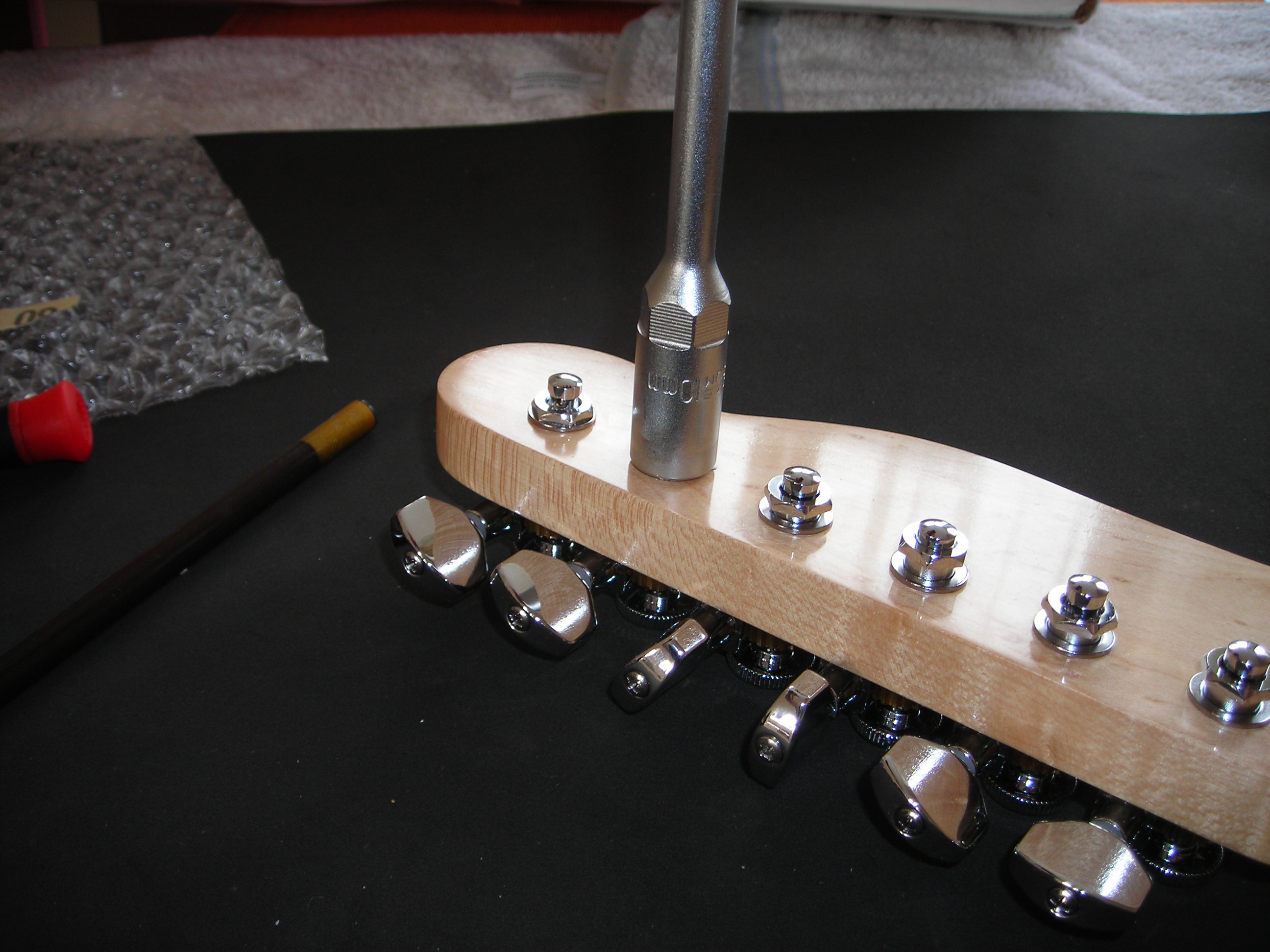 Assembly_10 by stratamania, on Flickr
Assembly_10 by stratamania, on Flickr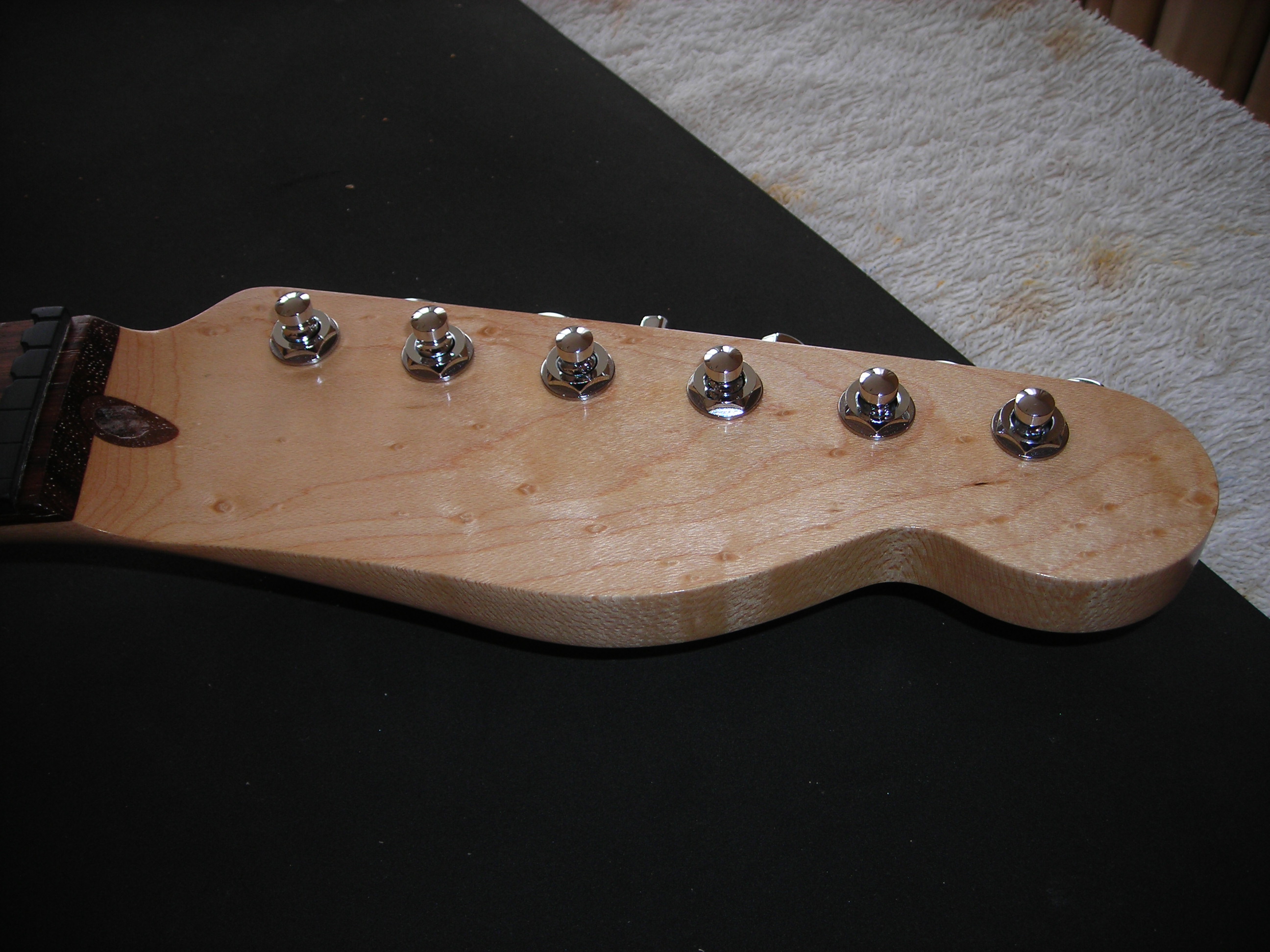 Assembly_11 by stratamania, on Flickr
Assembly_11 by stratamania, on Flickr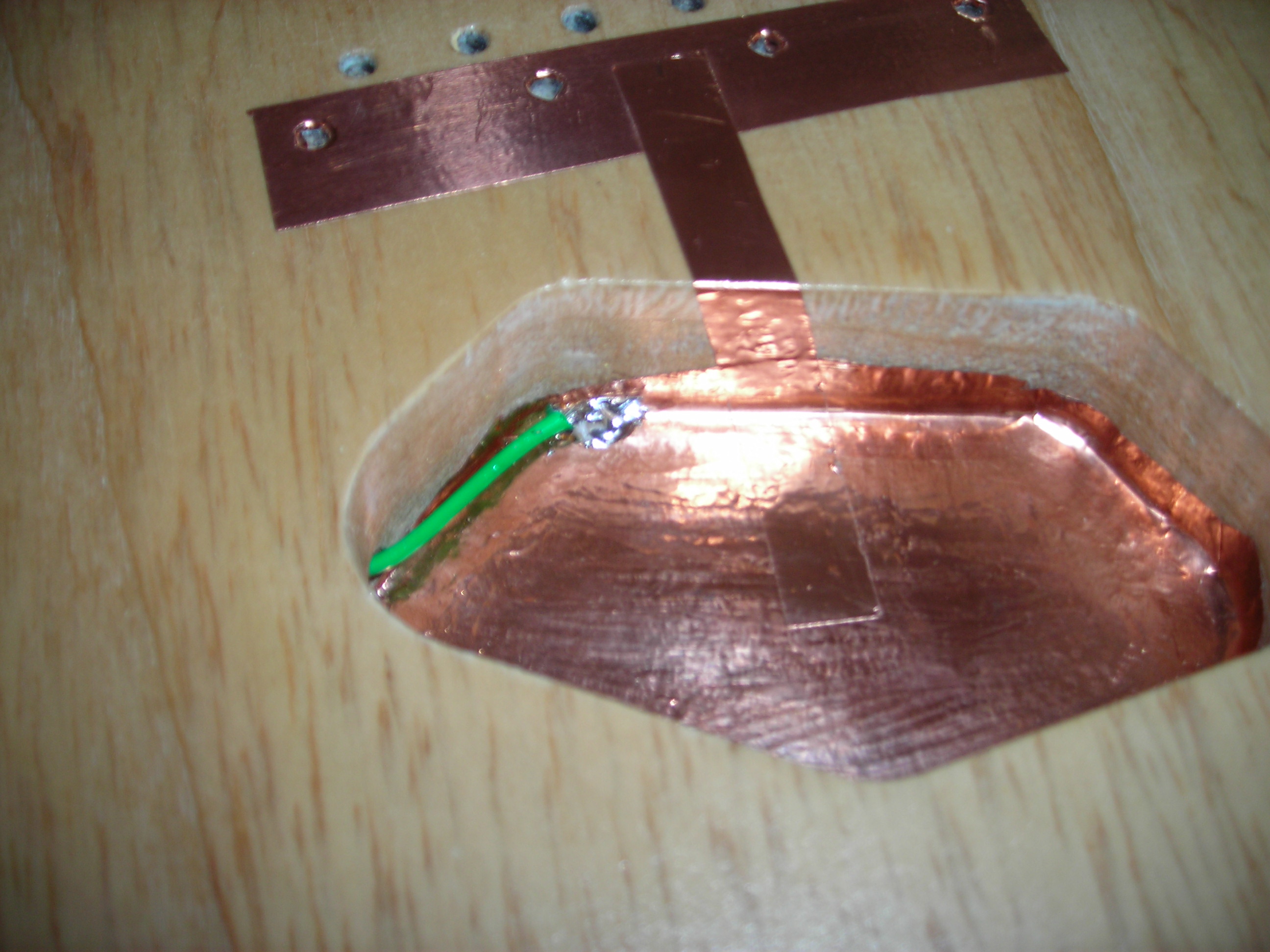 Assembly_12 by stratamania, on Flickr
Assembly_12 by stratamania, on Flickr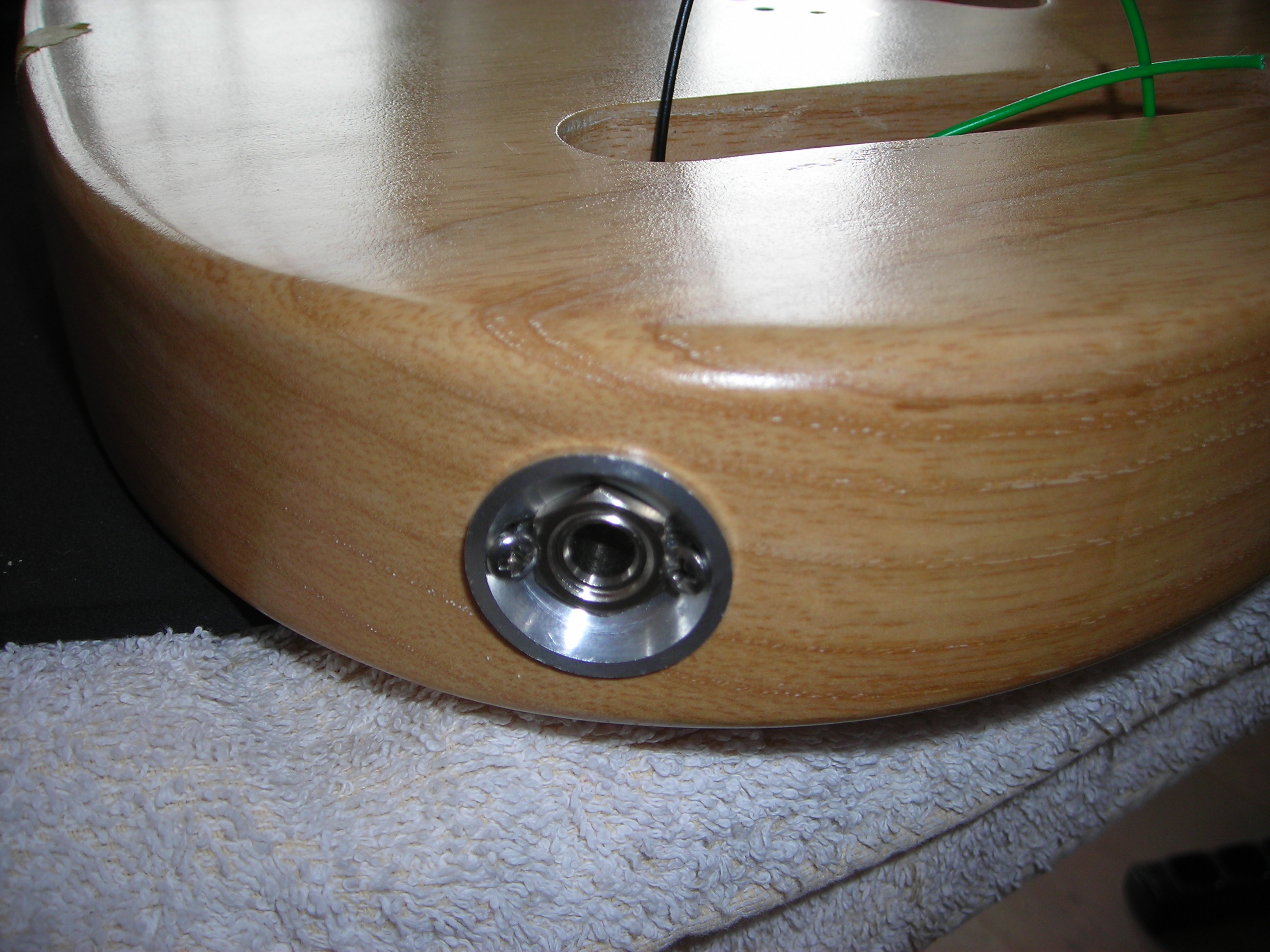 Assembly_13 by stratamania, on Flickr
Assembly_13 by stratamania, on Flickr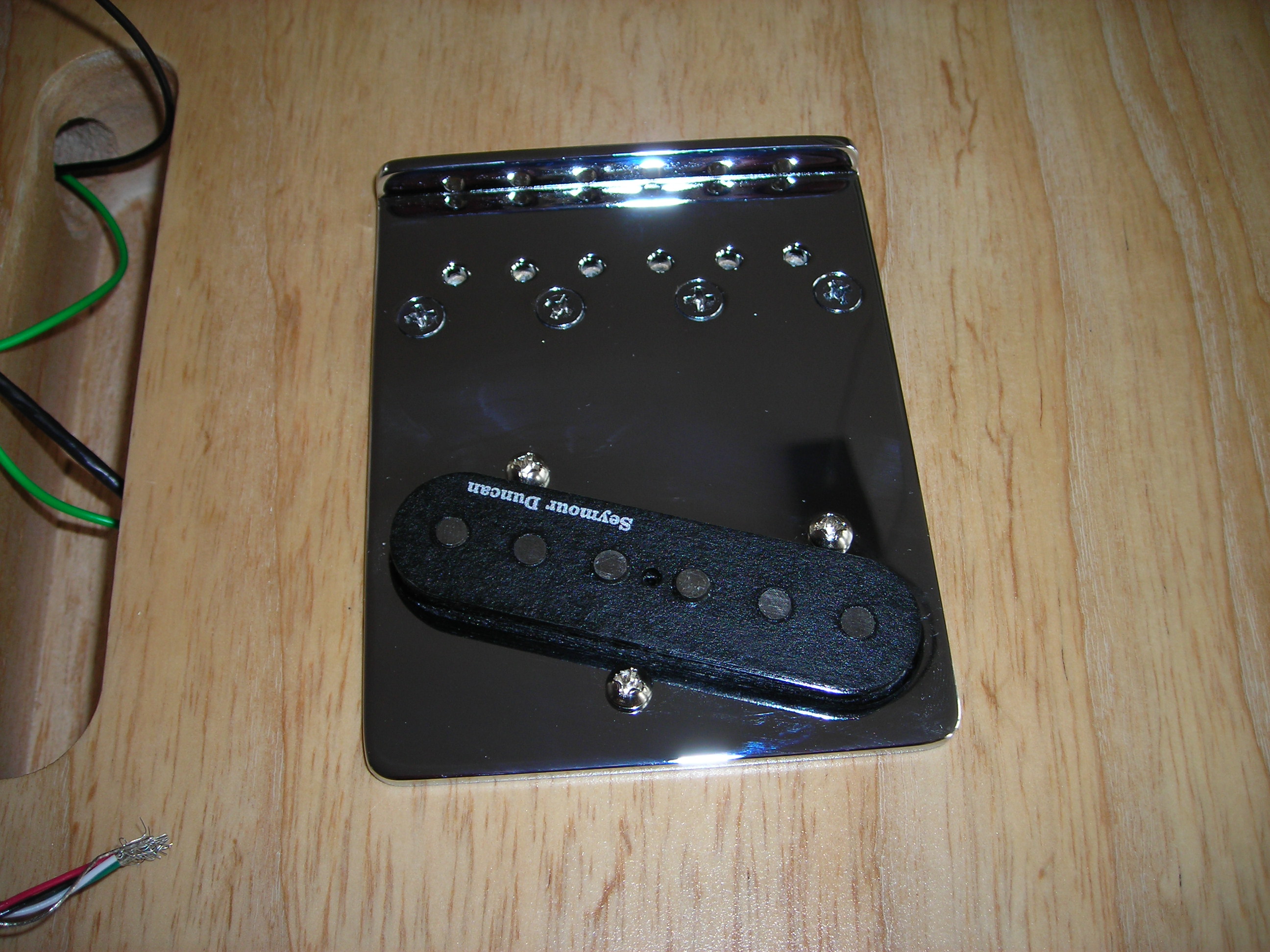 Assembly_14 by stratamania, on Flickr
Assembly_14 by stratamania, on Flickr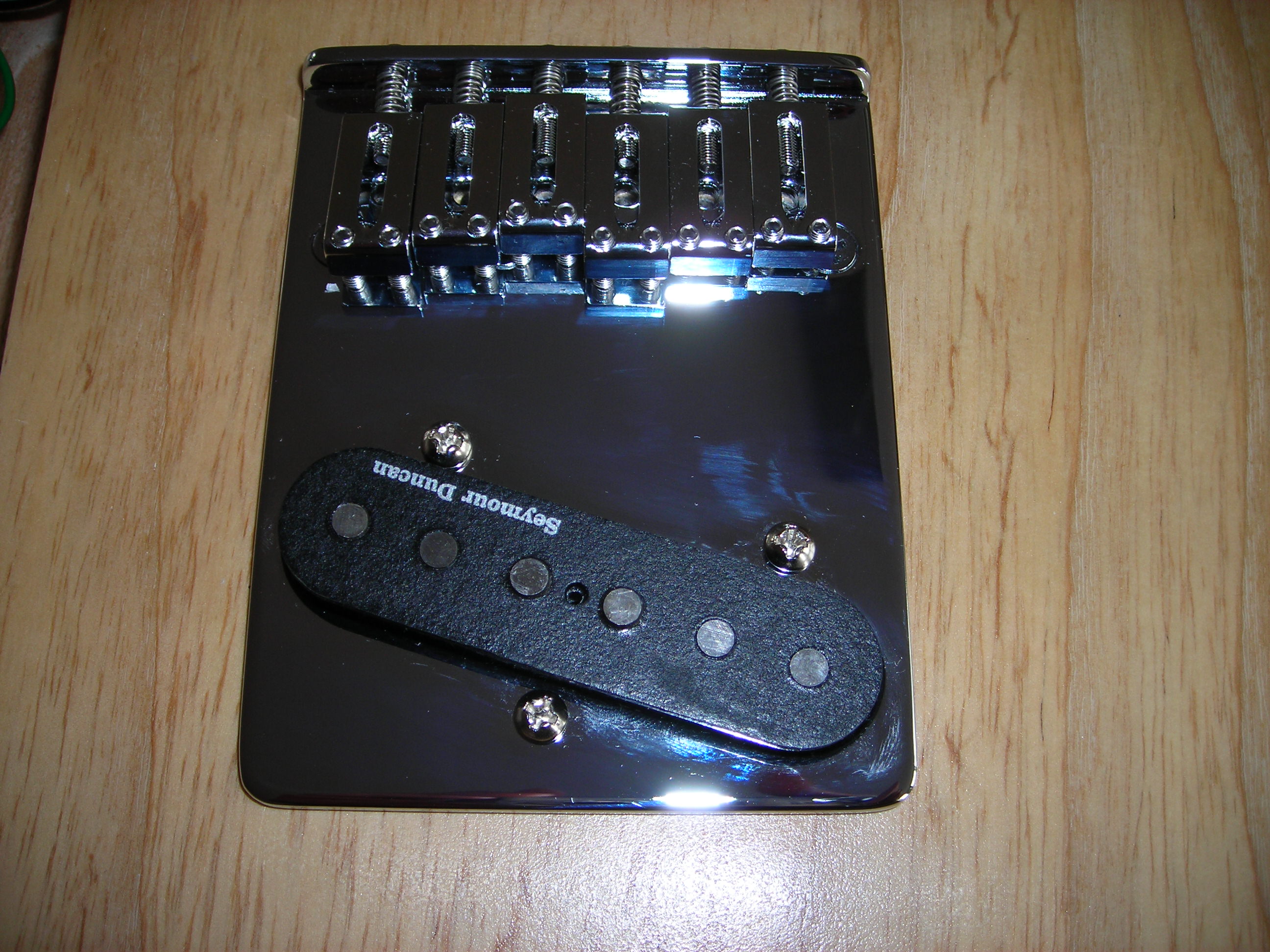 Assembly_15 by stratamania, on Flickr
Assembly_15 by stratamania, on Flickr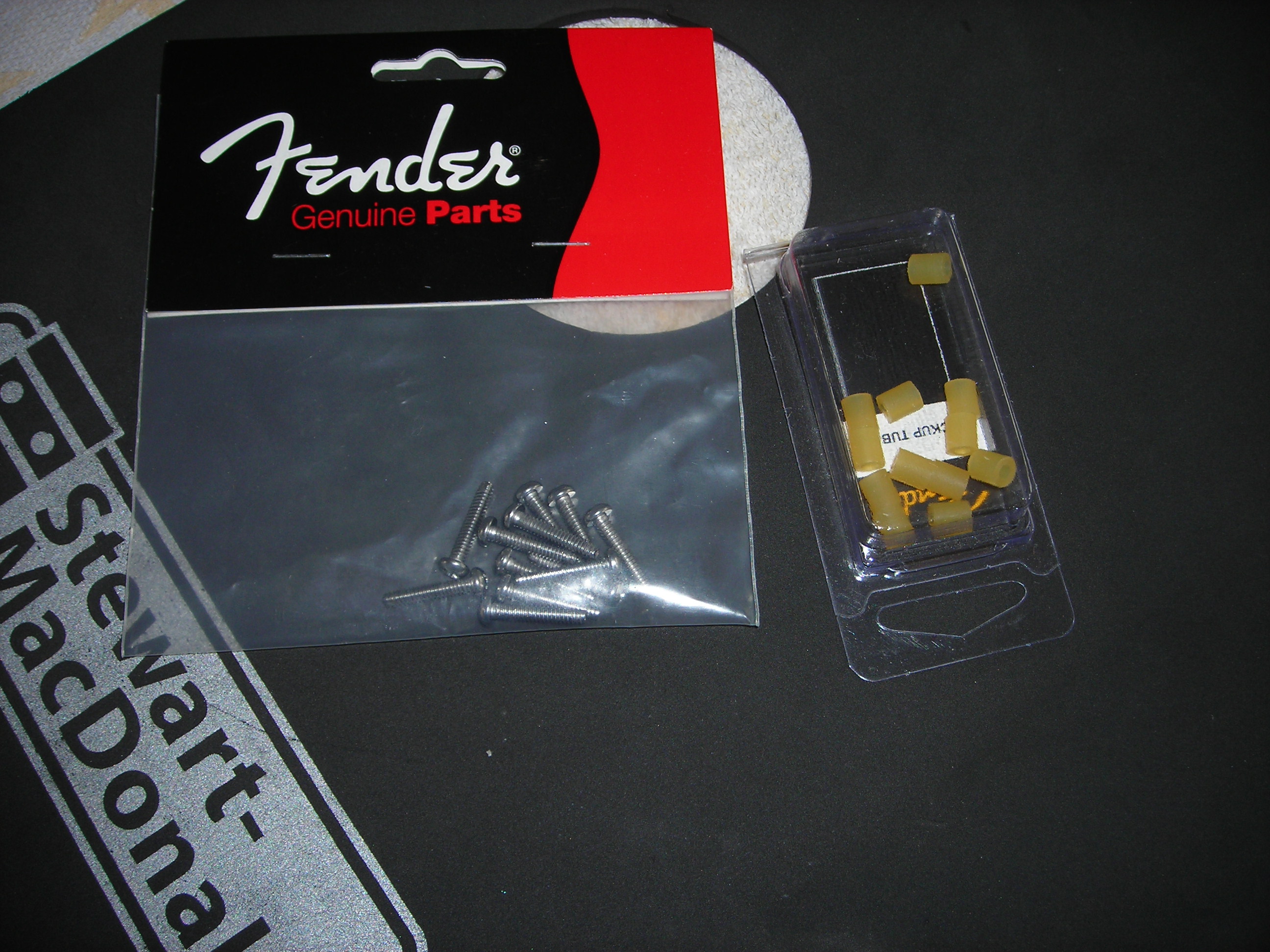 Assembly_16 by stratamania, on Flickr
Assembly_16 by stratamania, on Flickr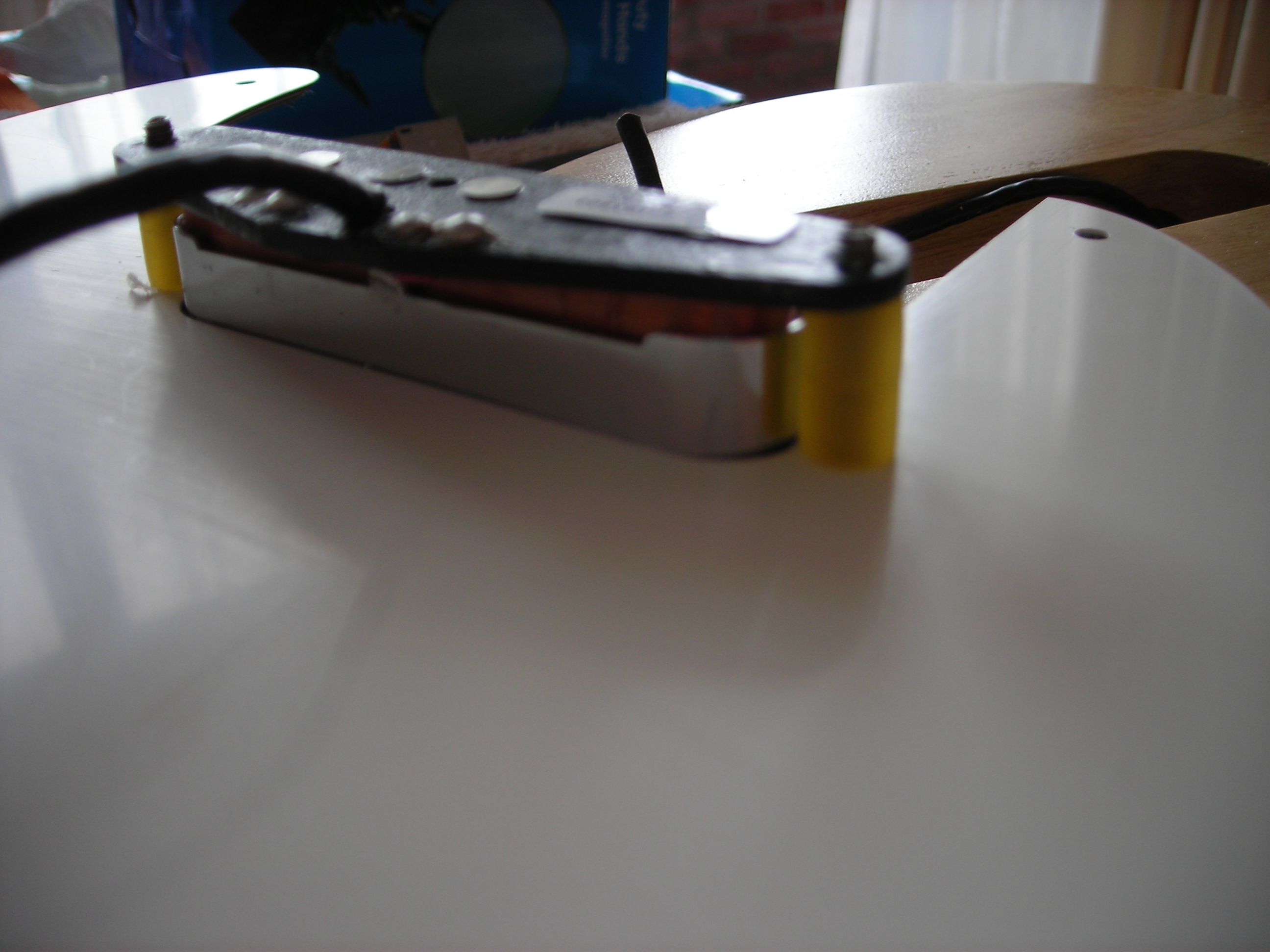 Assembly_17 by stratamania, on Flickr
Assembly_17 by stratamania, on Flickr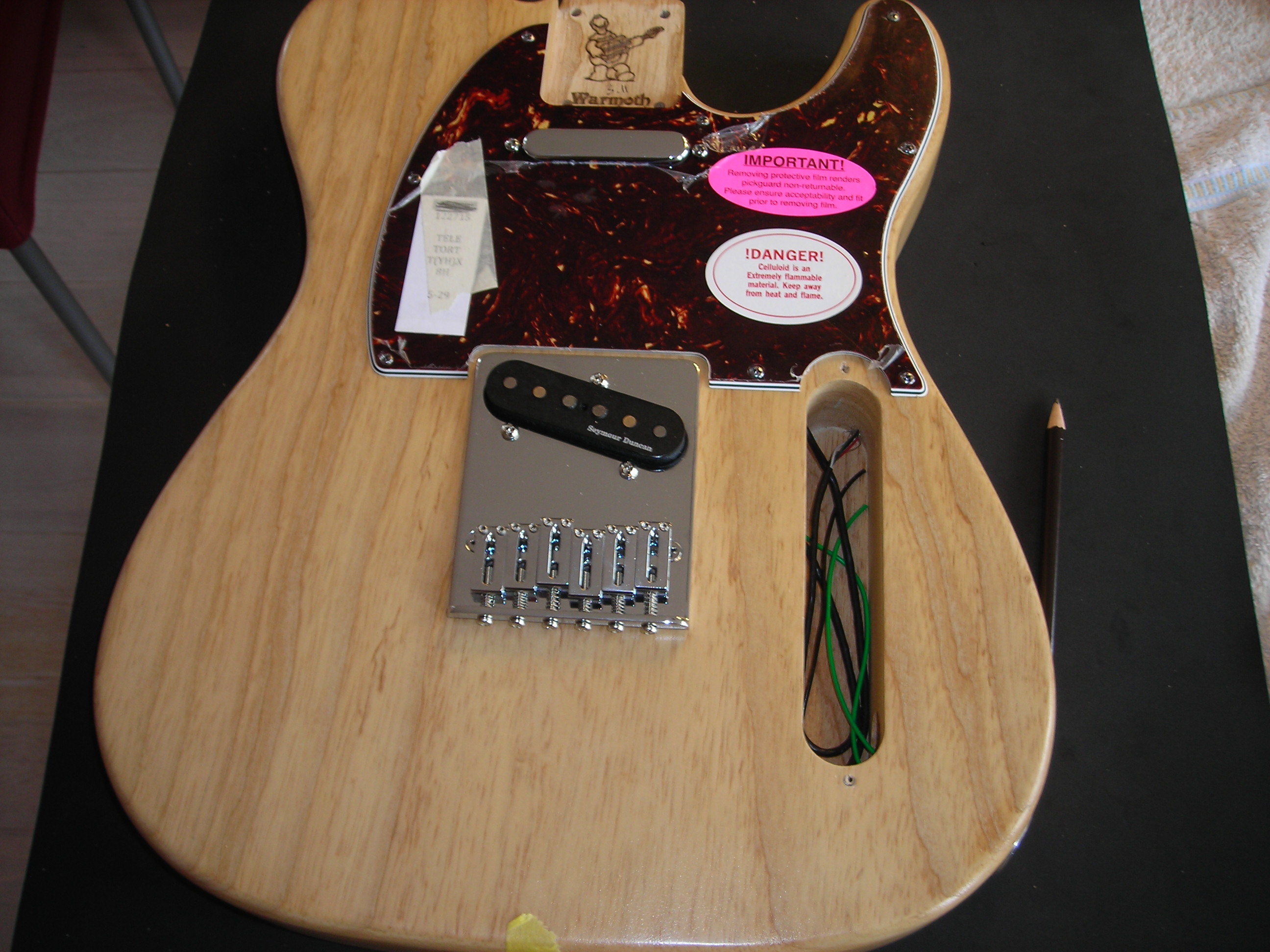 Assembly_20 by stratamania, on Flickr
Assembly_20 by stratamania, on Flickr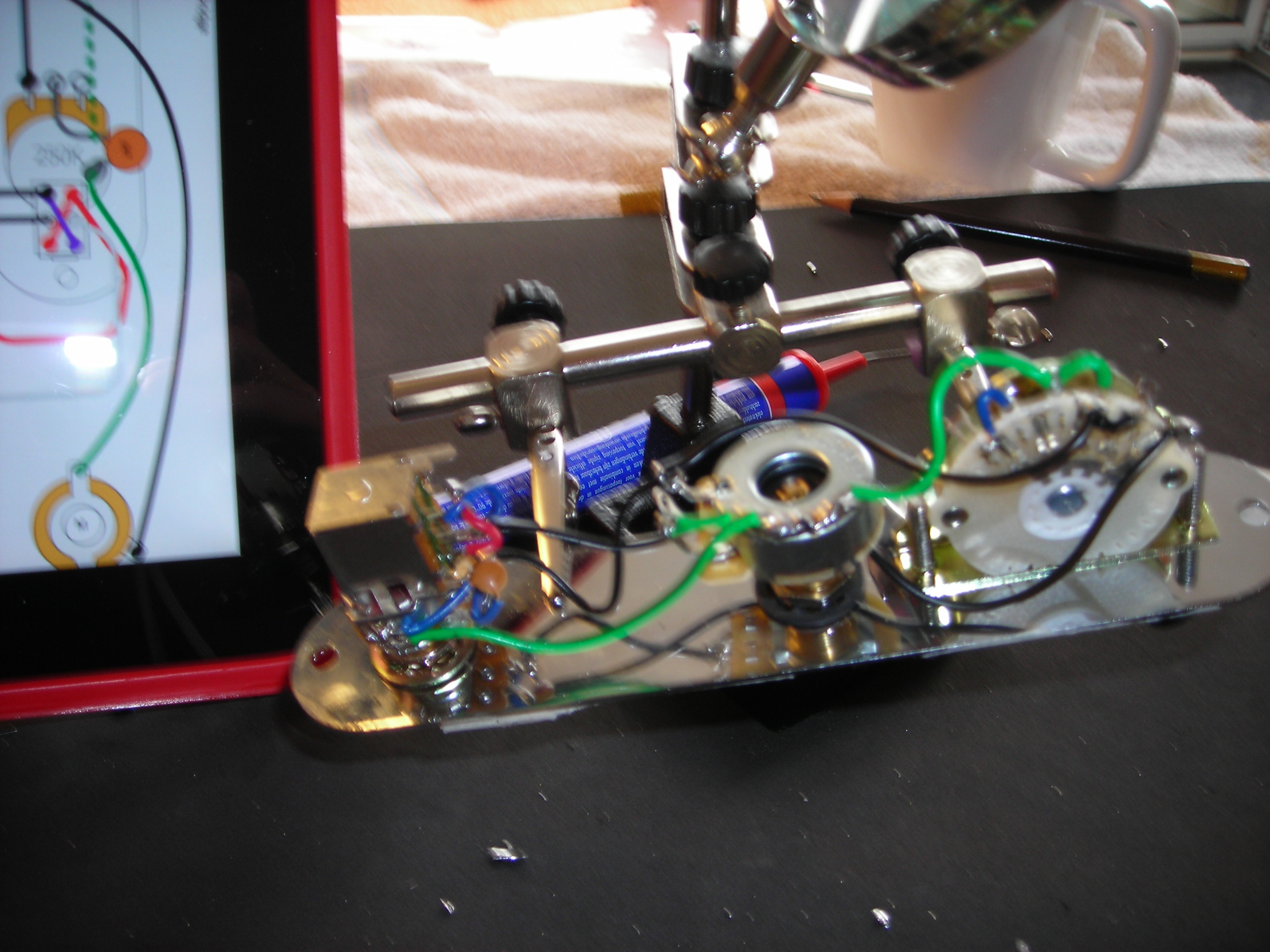 Assembly_21 by stratamania, on Flickr
Assembly_21 by stratamania, on Flickr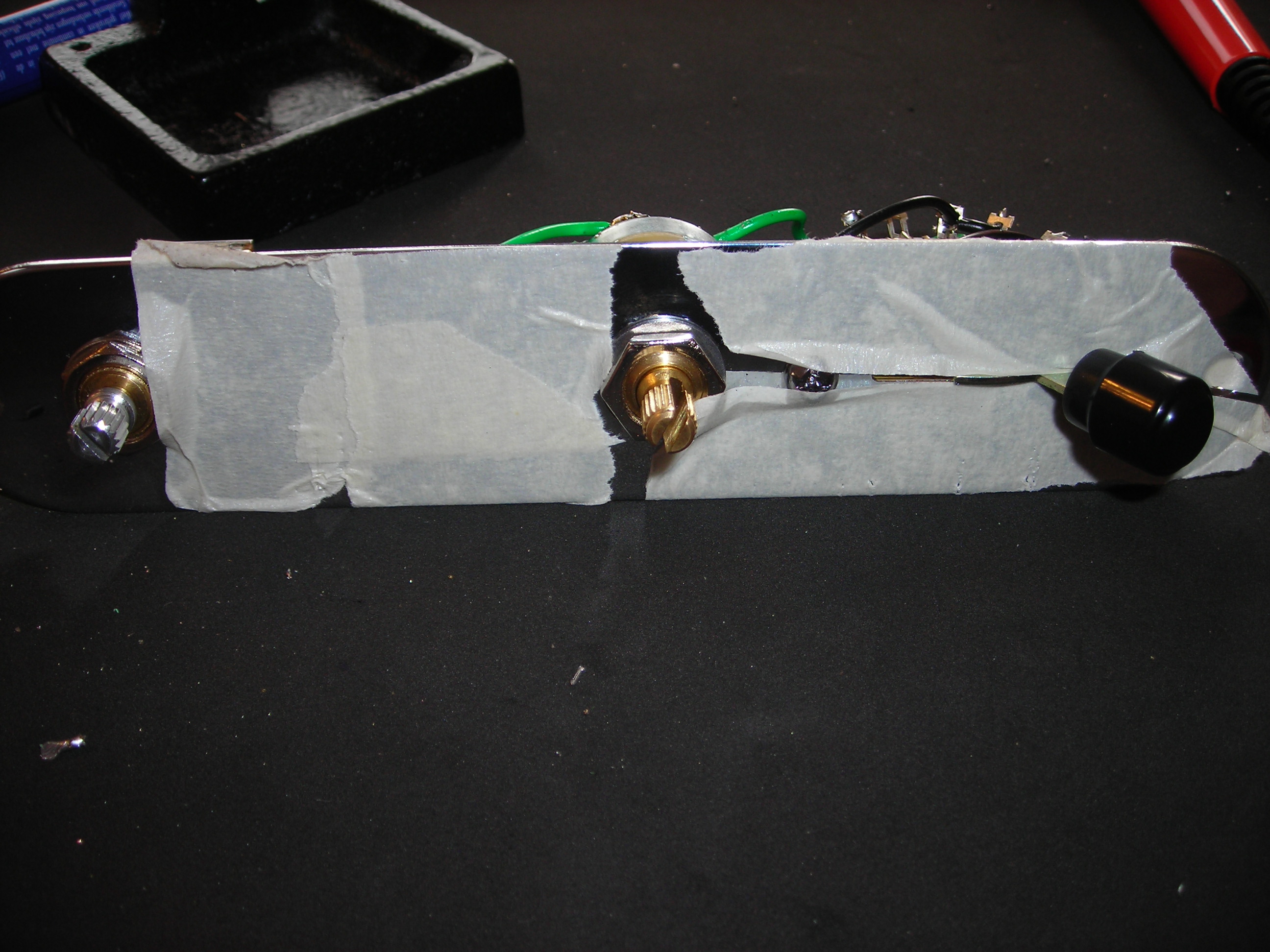 Assembly_22 by stratamania, on Flickr
Assembly_22 by stratamania, on FlickrCagey said:Love watching guitars go together.
Hate that Electrosocket.

